Animals are everywhere! The Earth is home to over 8 million species of animals. We as humans may think that we are the most exciting creatures on the planet-but think otherwise! From the smallest ant to the biggest whale, our fellow creatures have amazing abilities and complete incredible feats every day just to ensure their survival!
Below you will find some truly amazing animal facts to share with your students that will give them ‘paws for thought!
1. The Giant Pacific Octopus has 9 brains, 3 hearts, and blue blood
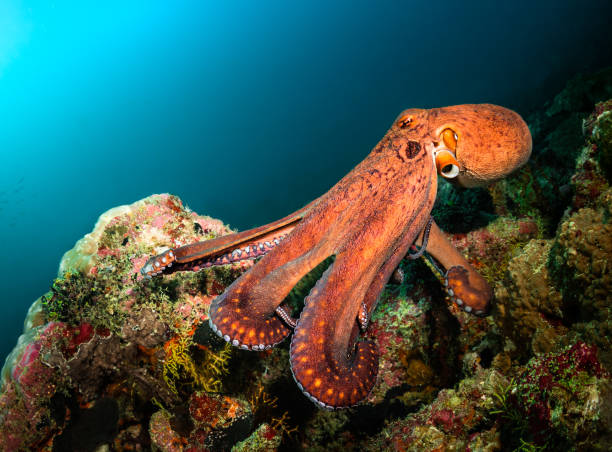
Octopuses have nine brains because each of their eight tentacles has its own ‘mini-brain’ that allows them to each work independently of the other.
Learn More: Facts about Octopus
2. Hummingbirds are the only birds that can fly backward
The hummingbird can move its wings 180 degrees in all directions, allowing it to fly backward, upside down, sideways, change directions mid-flight, and even hover in place! It is the only bird in the world that can do this!
Learn More: YouTube
3. The largest spider in the world is the South American Goliath bird eater
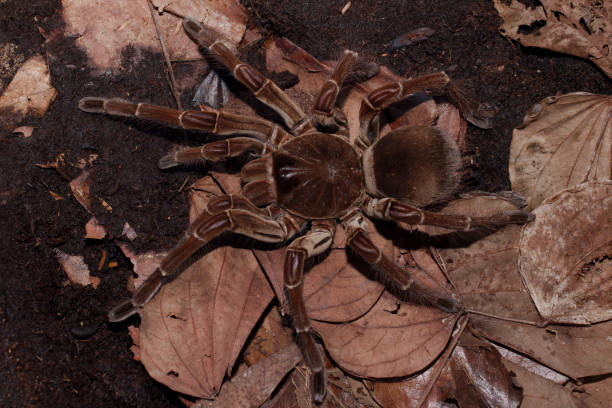
It is the largest spider in history by length and weight of approximately 6.2 ounces and measuring 5.1 inches long!
Learn More: Live Science-Worlds Biggest Spider
4. Sloths spend most of their lives living in a tree (about 98%)
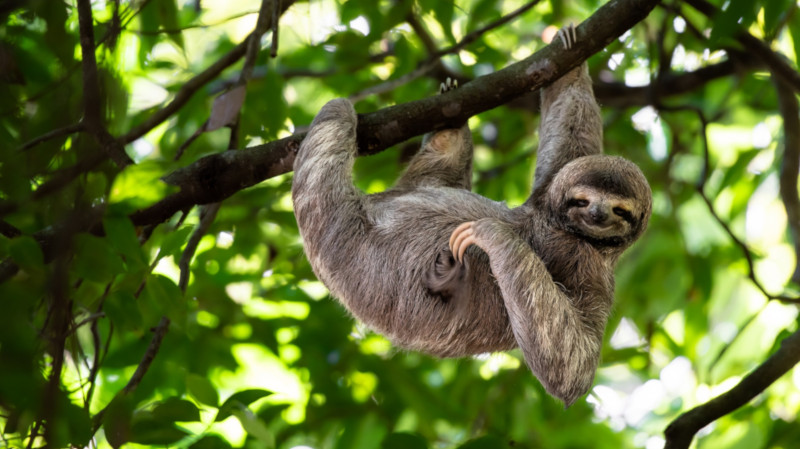
The word sloth means ‘lazy.’ Sloths eat, sleep, breed, and even give birth, all while dangling from the tallest branches of the trees in Southern and Central America, with the help of extremely specialized claws.
Learn More: Sloth Facts
5. Flamingoes are not actually pink
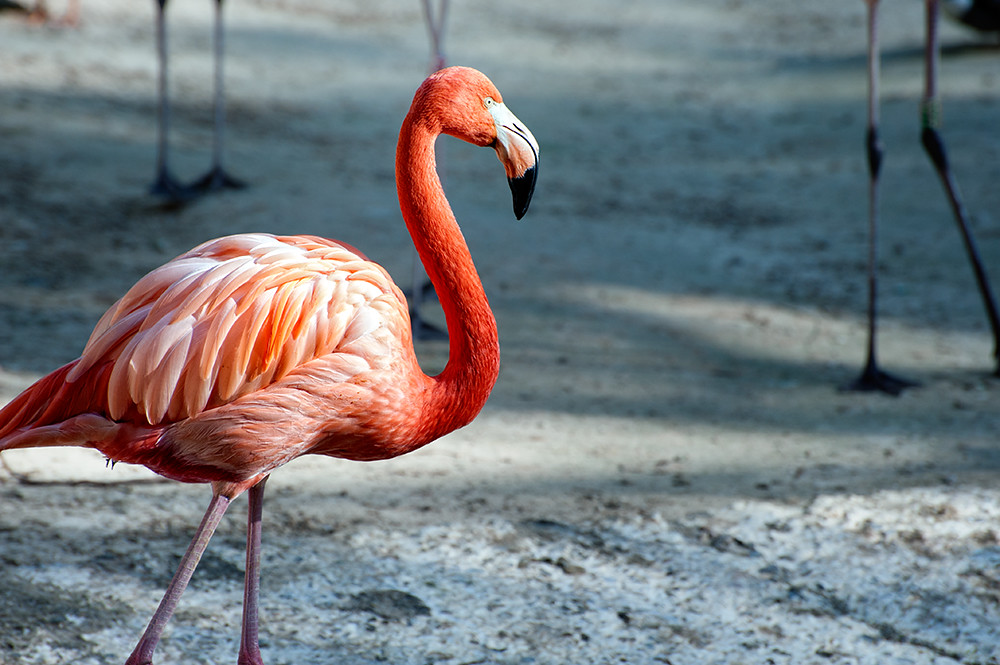
These clever birds are born grey but turn more pink colored over time because of the food they eat. The algae, brine shrimp, and larvae that flamingos love to eat are filled with a special red-orange pigment called beta-carotene.
Learn More: Flamingo Bird
6. A cheetah can reach speeds from 0 to 113 km/hour in a matter of seconds
This is even faster than a sports car accelerates! Watch their super speed in action right here.
Learn More: YouTube
7. Lions are very lazy creatures
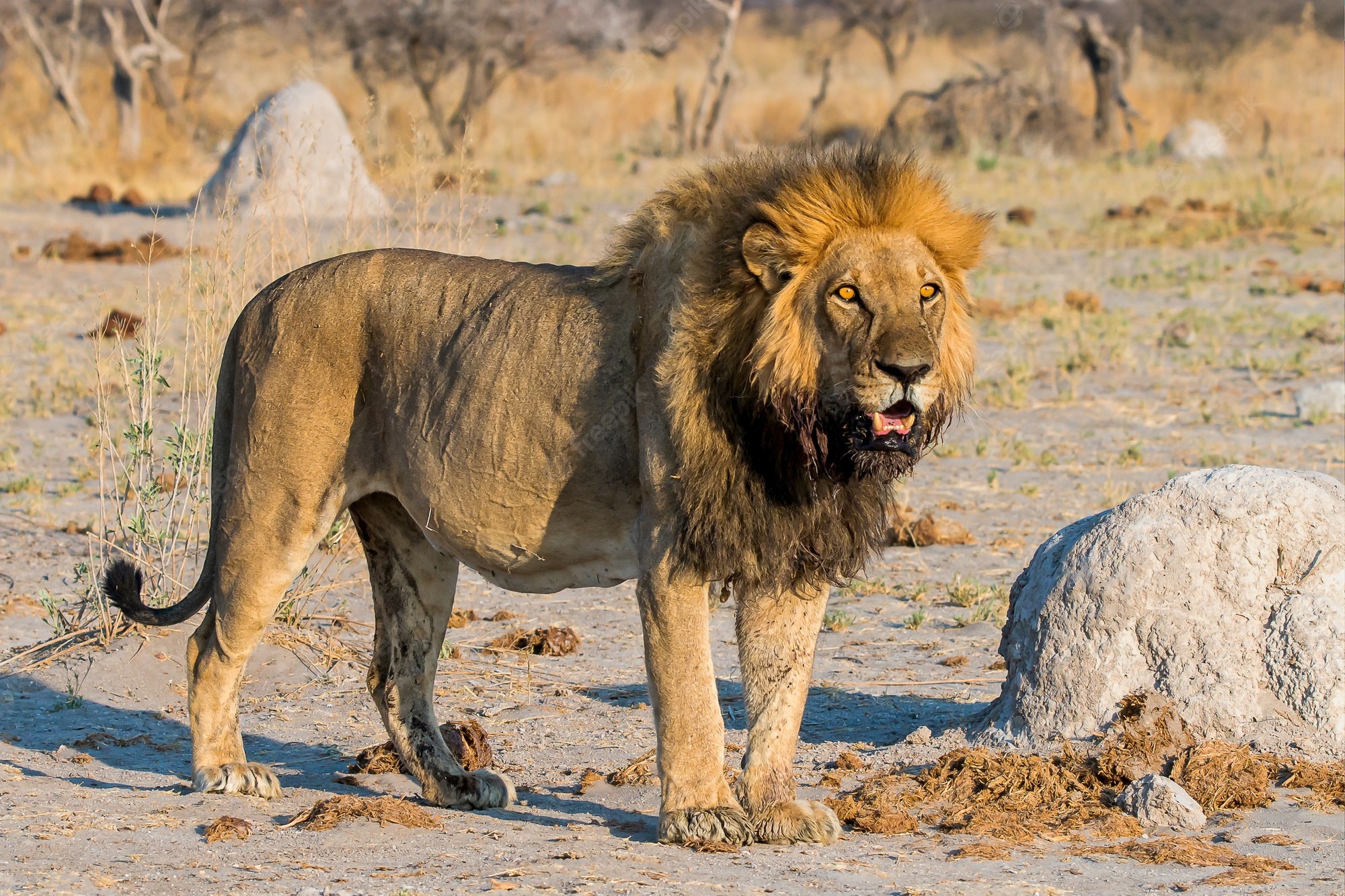
Lions love to snooze and can rest for around 20 hours a day.
Learn More: The Real School, Amazing Facts about Animals
8. If you cut off a snail’s eye, it will grow a new one

Not that we recommend cutting off a snail’s eye, but if it does happen to lose one, it can cleverly grow a new one. Handy!
Learn More: Eye Regeneration of the Mystery Snail
9. Sea turtles never meet their parents
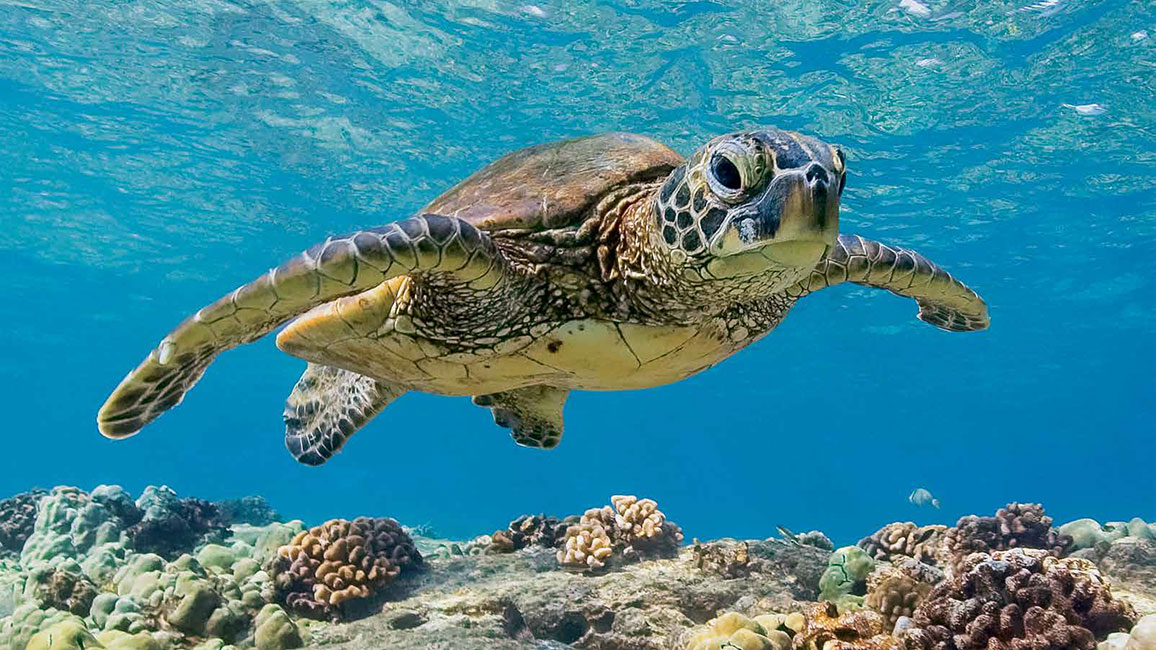
After a sea turtle lays its eggs, they return to the sea, leaving the nest and the eggs to grow and develop on its own. Their parents never live around them to teach them the important lessons of life. Luckily baby turtles are born with a clever instinct and work it out on their own.
Learn More: Baby Turtles
10. There are one species of bird that can fly for 6 months without landing
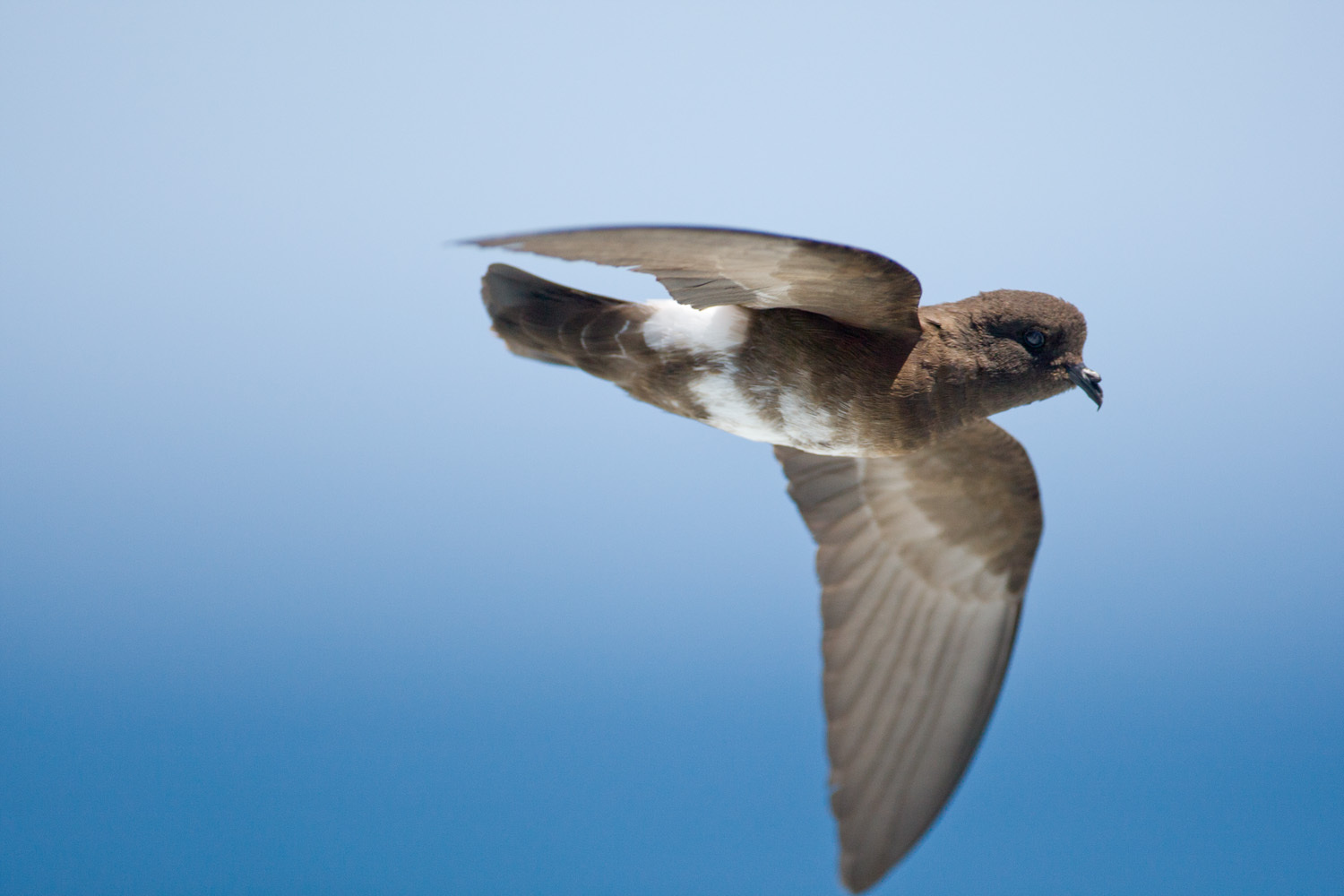
The Alpine Swift is able to stay airborne for over 6 months before touching down. It takes up huge amounts of energy, but this bird can spend 200 days flying through the air without stopping!
Learn More: Nature.com
11. Koalas and humans have very similar fingerprints
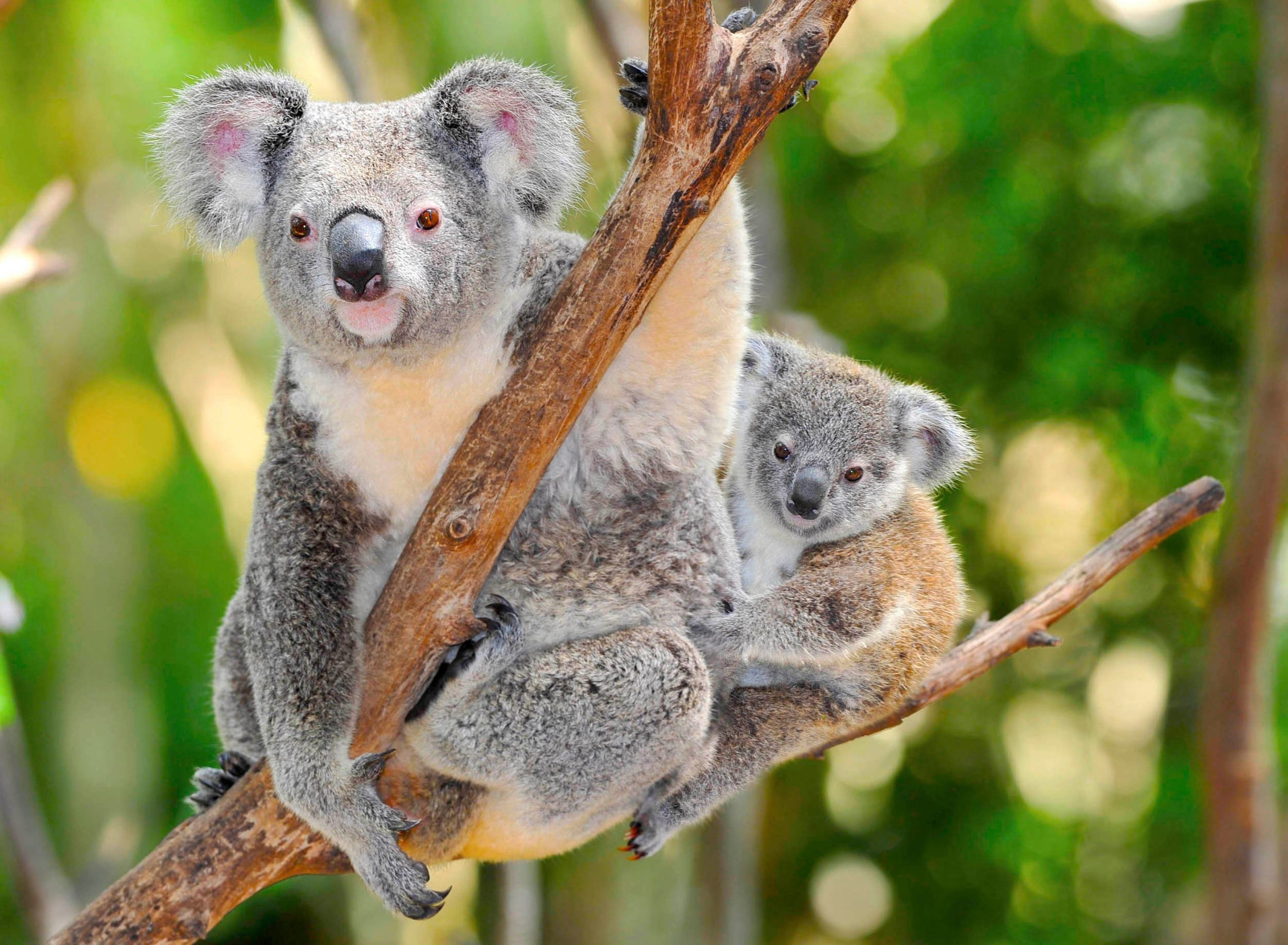
Koalas’ and humans’ fingerprints can sometimes be so identical that even under a microscope, it is still difficult to distinguish which belongs to who. There have even been a few reported cases of a koala’s fingerprints confusing forensics at crime scenes!
Learn More: Live Science
12. The U.S. military trained bottlenose dolphins.

The US Navy worked with bottlenose dolphins and California sea lions from around 1960 to help with mine detection and design new submarines and underwater weapons. They tested numerous underwater animals, including some sharks and birds, to find out which would be most suited to the job!
Learn More: Forces
13. Bats are not actually blind
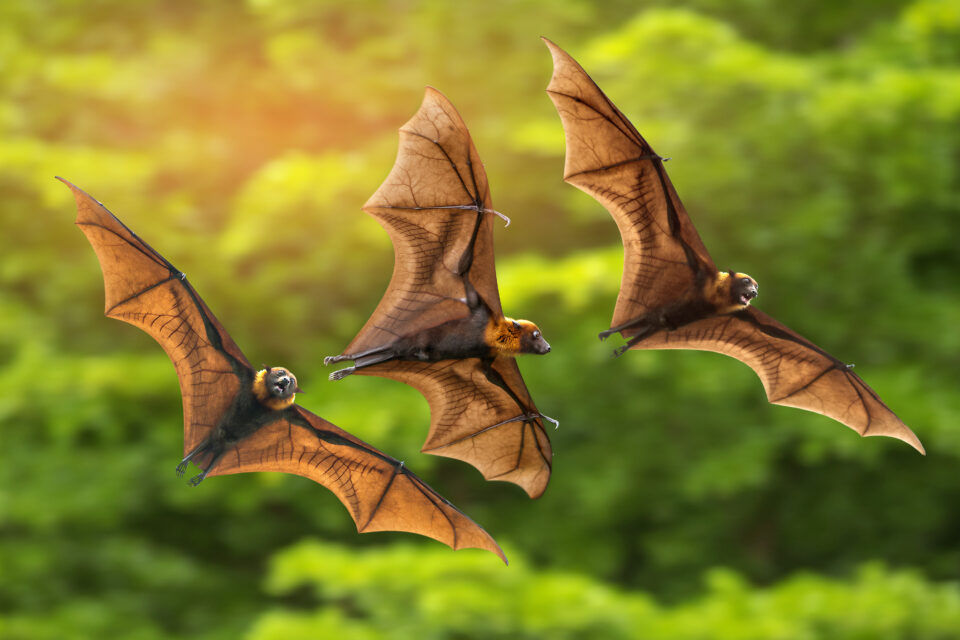
You may have heard the phrase ‘blind as a bat,’ but this is all nonsense. Bats can actually see perfectly well using some pretty interesting adaptations!
Learn More: Science Daily
14. Polar Bears are not white
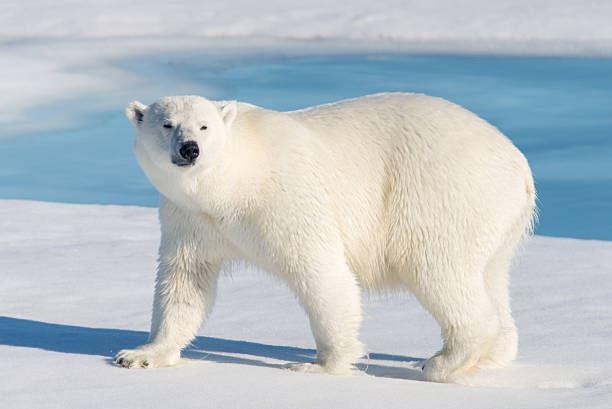
I’m sure if you asked many people the color of a polar bear, they would say white, but this isn’t entirely true. Their skin is a very different color- it’s BLACK!
Learn More: Earth Rangers
15. Starfish are not actually fish
Find out exactly what they are and the different types in this fun video.
Learn More: YouTube
16. A butterfly has about 12,000 eyes
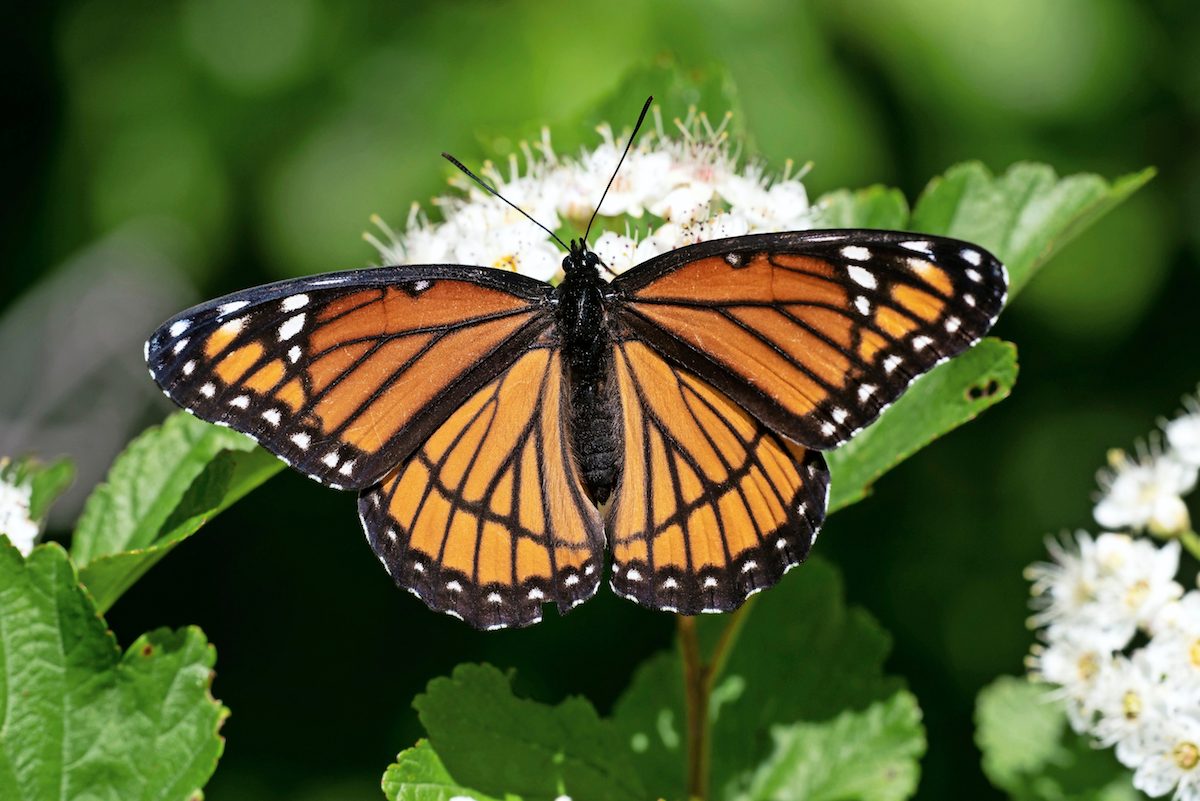
The monarch butterfly, one of the most beautifully patterned of them, is known for having 12,000 eyes! I bet they never miss anything! I wonder why they would need so many.
Learn More: Mind Blowing Facts
17. Penguins ‘propose’ with a pebble
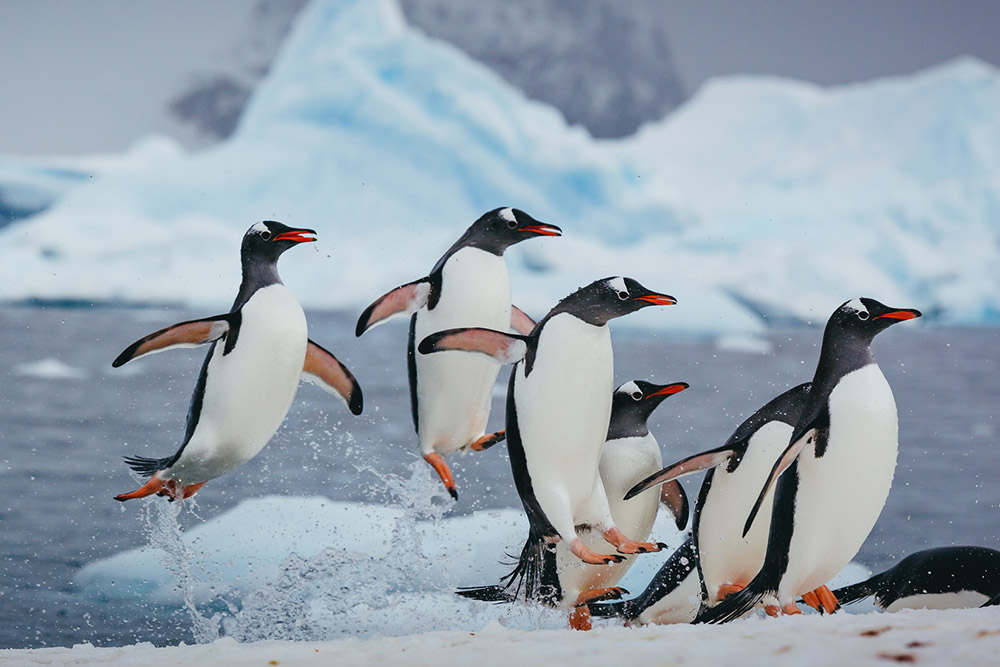
Gentoo penguins may possibly be the most romantic in the whole animal kingdom. When they are ready to mate, they look all along the beach for the smoothest pebble to give their mate!
Learn More: Penguins Propose with a Pebble-Ned Hardy
18. The chicken could be the closest related animal to a T-Rex
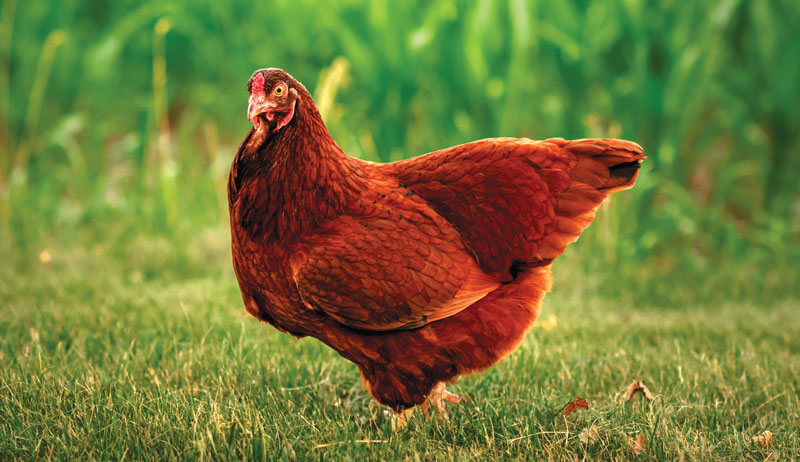
Scientists have compared the DNA of a 68 million years old Tyrannosaurus Rex to several modern-day species of animals, and it was concluded that chickens are the closest match. How about that for a terrifying relative?
Learn More: Earth Buddies
19. An animal called the Flying Fox isn’t a fox at all
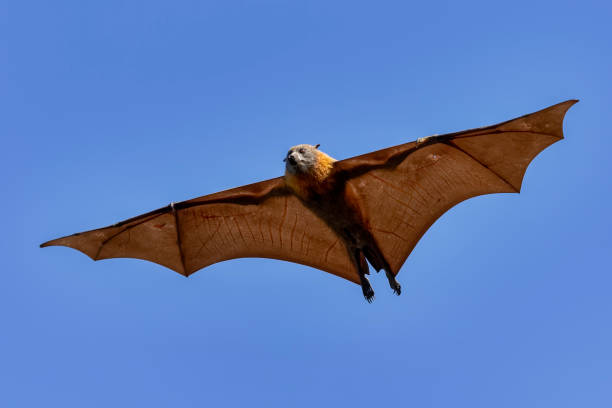
This interesting creature is, in fact, a type of bat or megabat! It reaches lengths of up to 1.5 meters. That’s the size of a human adult! I wouldn’t want to come across one of them in the dark!
Learn More: Fact Animal-Flying Fox
20. Sea Otters hold hands when sleeping, so they don’t drift apart
They don’t, however, hold any otter’s hands! They will either pick their mate or an otter from their family. They do this to avoid getting lost or swept away by strong currents when they fall asleep.
Learn More: YouTube
21. Cows have “best friends” and are happier when they’re with them
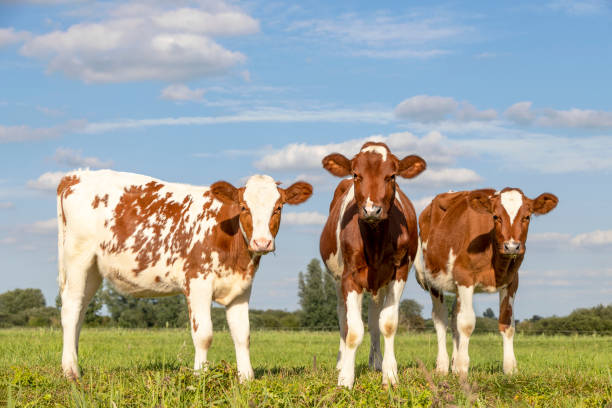
Studies have shown that cows’ heart rates increase with a cow they know and recognize; just like humans, they develop connections with fellow “friends.”
Learn More: Charity Paws
22. Rats laugh when you tickle them
Although inaudible to human ears, tickling does make them “giggle.” Just like humans, though, the rat will laugh when tickled only if it’s already in a good mood.
Learn More: YouTube
23. Not all dogs bark
One particular type of dog, called the Basenji dog, doesn’t bark. They will instead make an unusual yodel-like sound, unlike all other dog breeds.
Learn More: YouTube
24. Cats can’t taste sugar
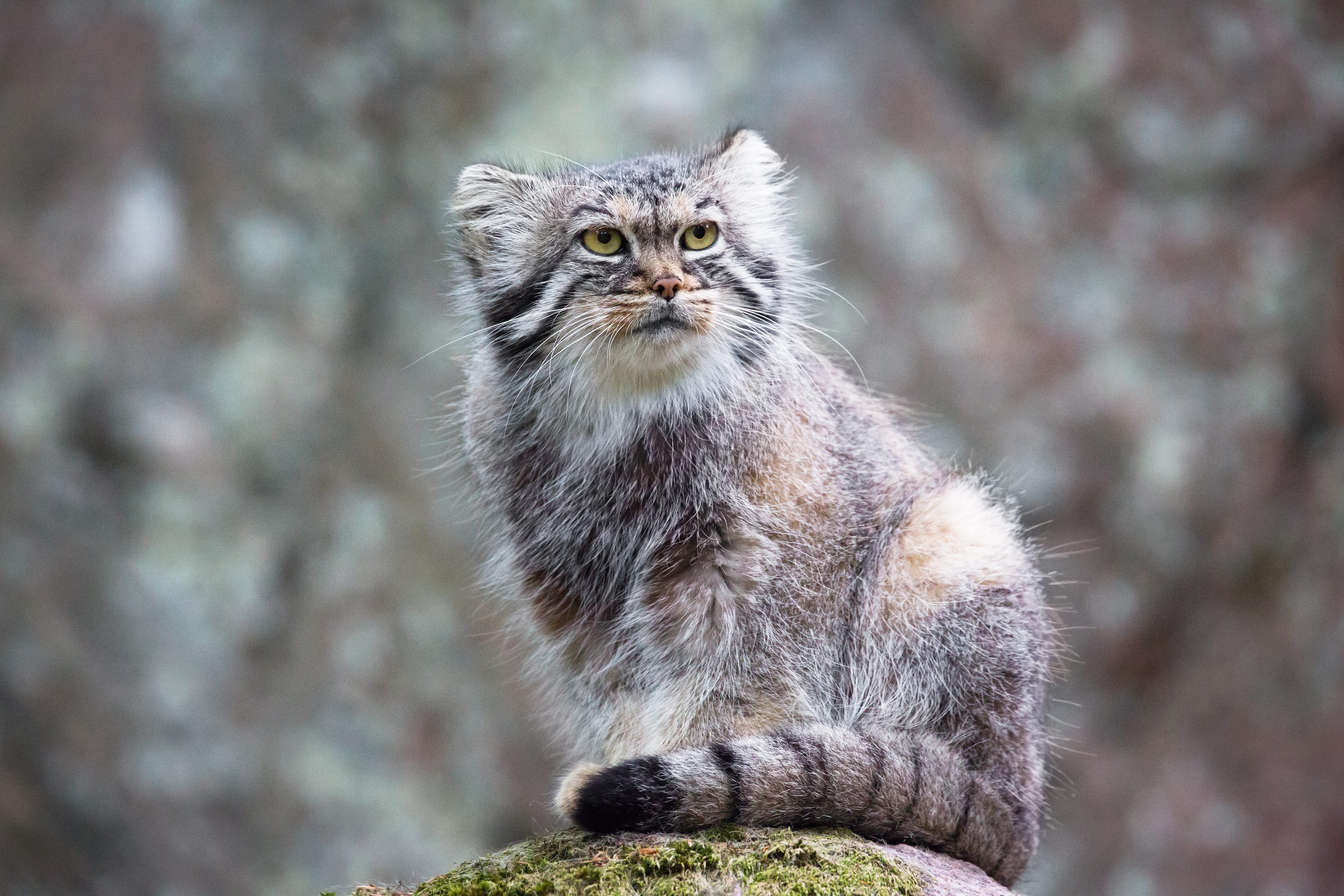
If you feed a cat something sugary, it can’t taste it! Cats are the only mammals who can’t taste sugar or other sweet flavors. Since cats do not need carbohydrates in order to survive, they do not need to be able to taste sweet tastes!
Learn More: The Spruce Pets
25. Whales sleep with half a brain, so they do not drown
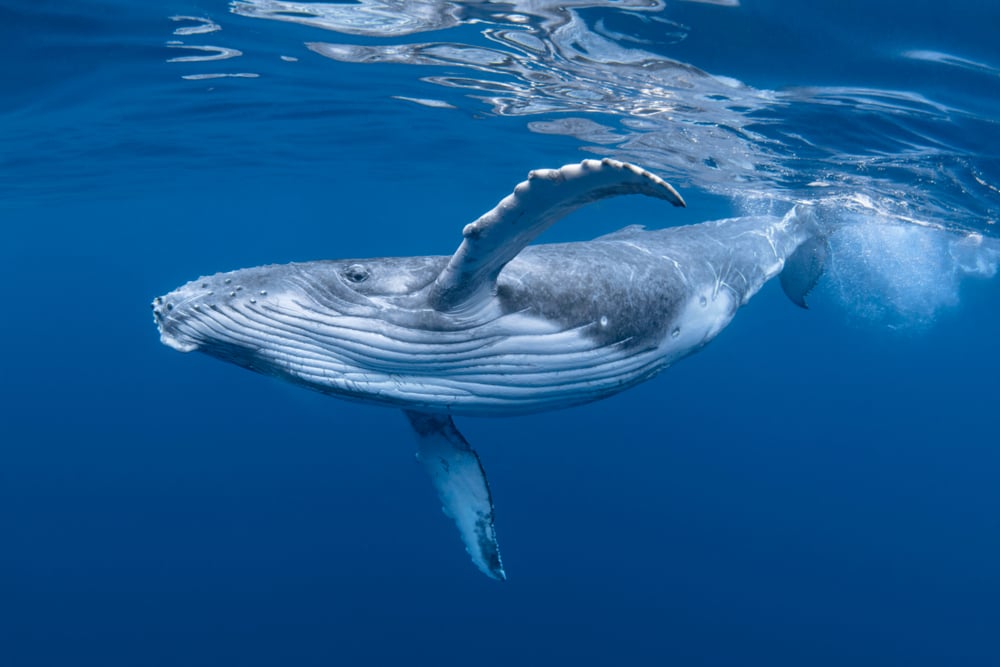
These clever aquatic mammals must periodically return to the surface to breathe as they cannot breathe underwater. So… how do they sleep? Well, they can, but only half of their brains sleep at a time, leaving the other half still alert and ready to adapt to their surroundings.
Learn More: Whale Scientists
26. Quokkas can survive for up to one month without water
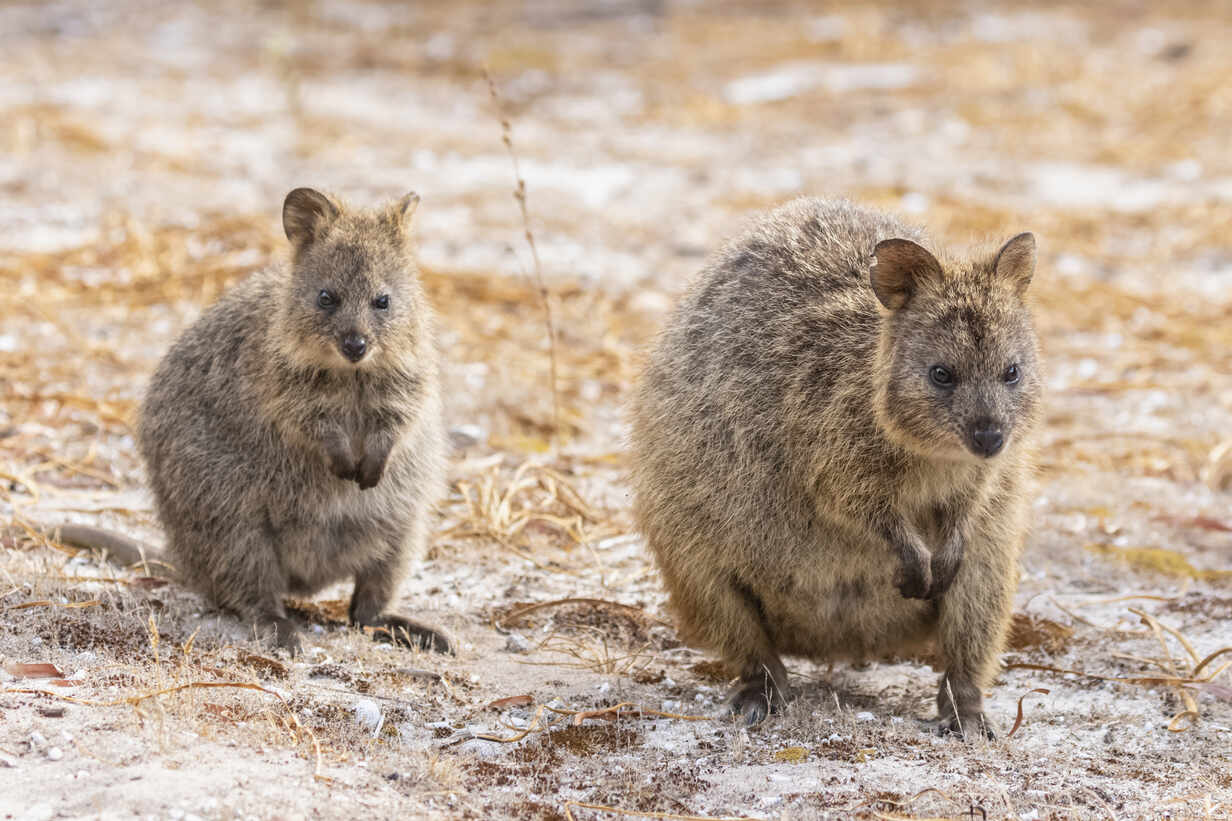
These cute and clever Australian rodents store fat in their tails.
Learn More: WWF Australia
27. The Alaskan wood frog freezes itself
Literal freezing is definitely not recommended for humans or other mammals since it leads to death. For the Alaskan wood frog, freezing two-thirds of their bodies helps them survive the Winter. They then thaw and carry on with their existence in early Spring!
Learn More: YouTube
28. Slugs have teeth

Slugs have approximately 27,000 ‘teeth’. They need so many teeth because, instead of chewing their food, they have a band of microscopic teeth called a radula which acts like a circular saw- cutting through vegetation and eating as they go.
Learn More: Slug Facts
29. Worms have 5 hearts
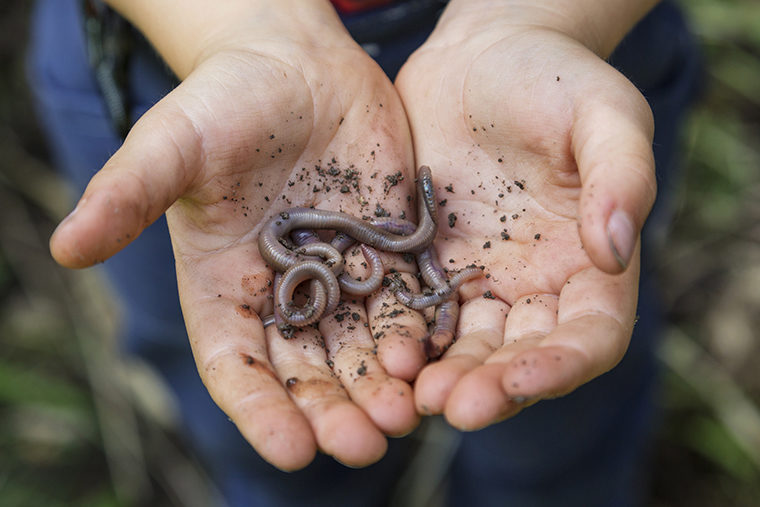
The heart of worms functions in almost the same manner as a human heart. The difference is that humans breathe oxygen through their mouths and noses, while worms breathe oxygen through their skin.
Learn More: Animal Fate
30. Emus can’t walk backward
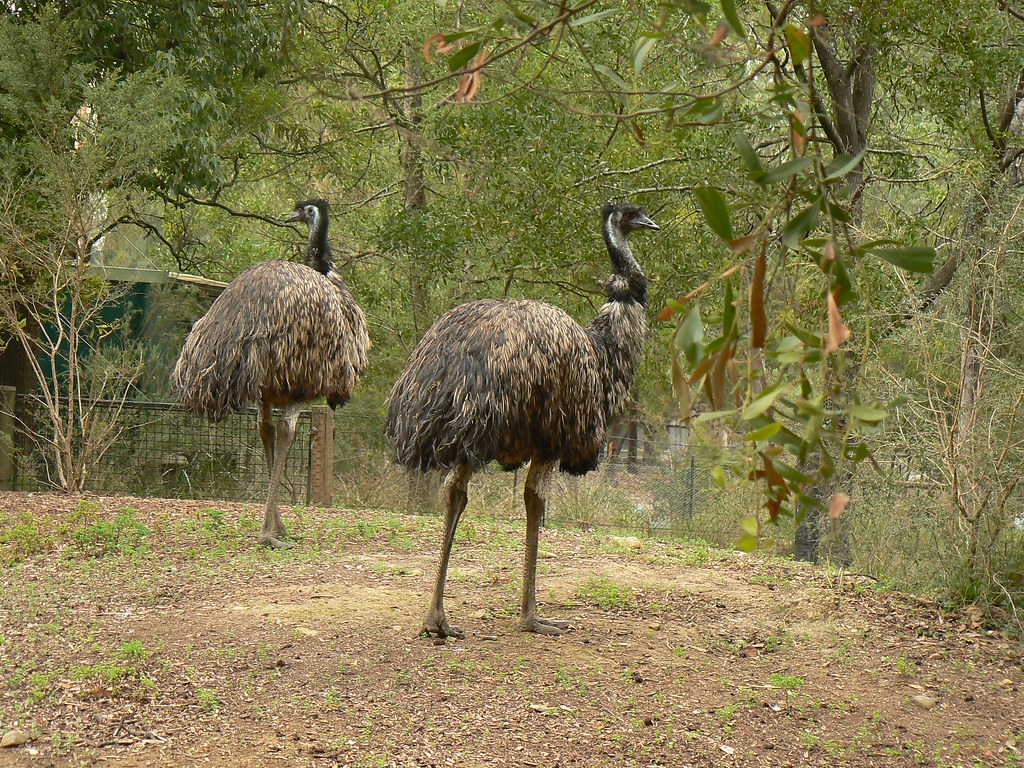
Emus can only walk forward and not backward. They can sprint forward over a long distance because of the presence of a calf muscle which is not present in other birds.
Learn More: Emu Facts
31. A group of owls is called a parliament
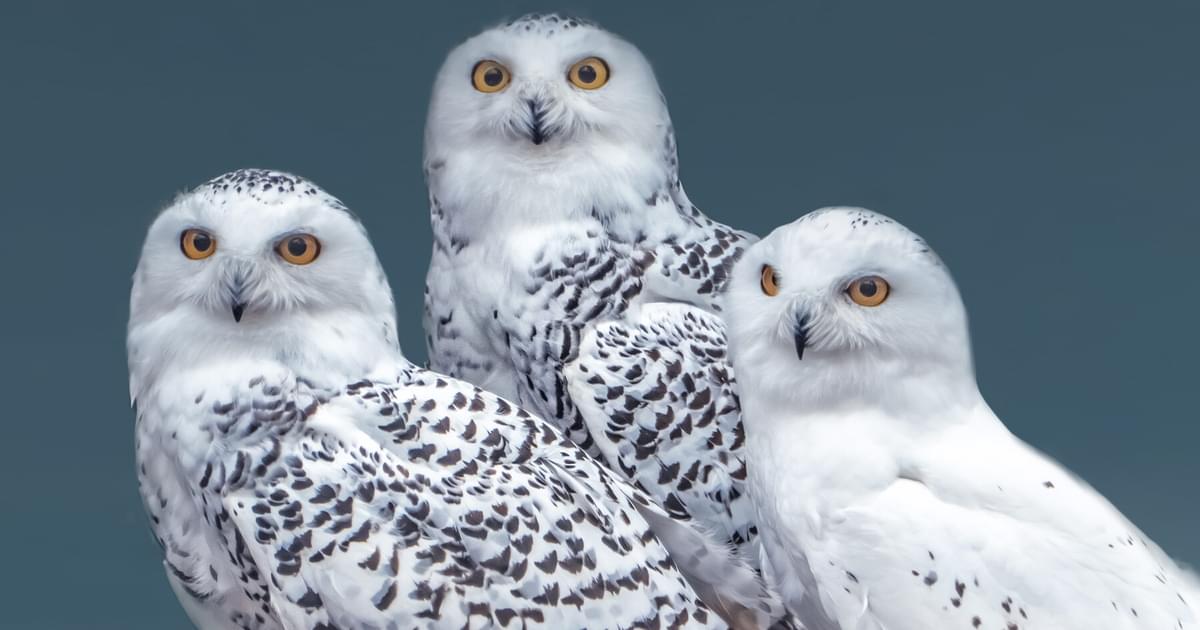
This collective noun originated from C.S. Lewis’ description of a meeting of owls in the first addition of “The Chronicles of Narnia”.
Learn More: Bird Fact
32. Horses and cows sleep while standing up
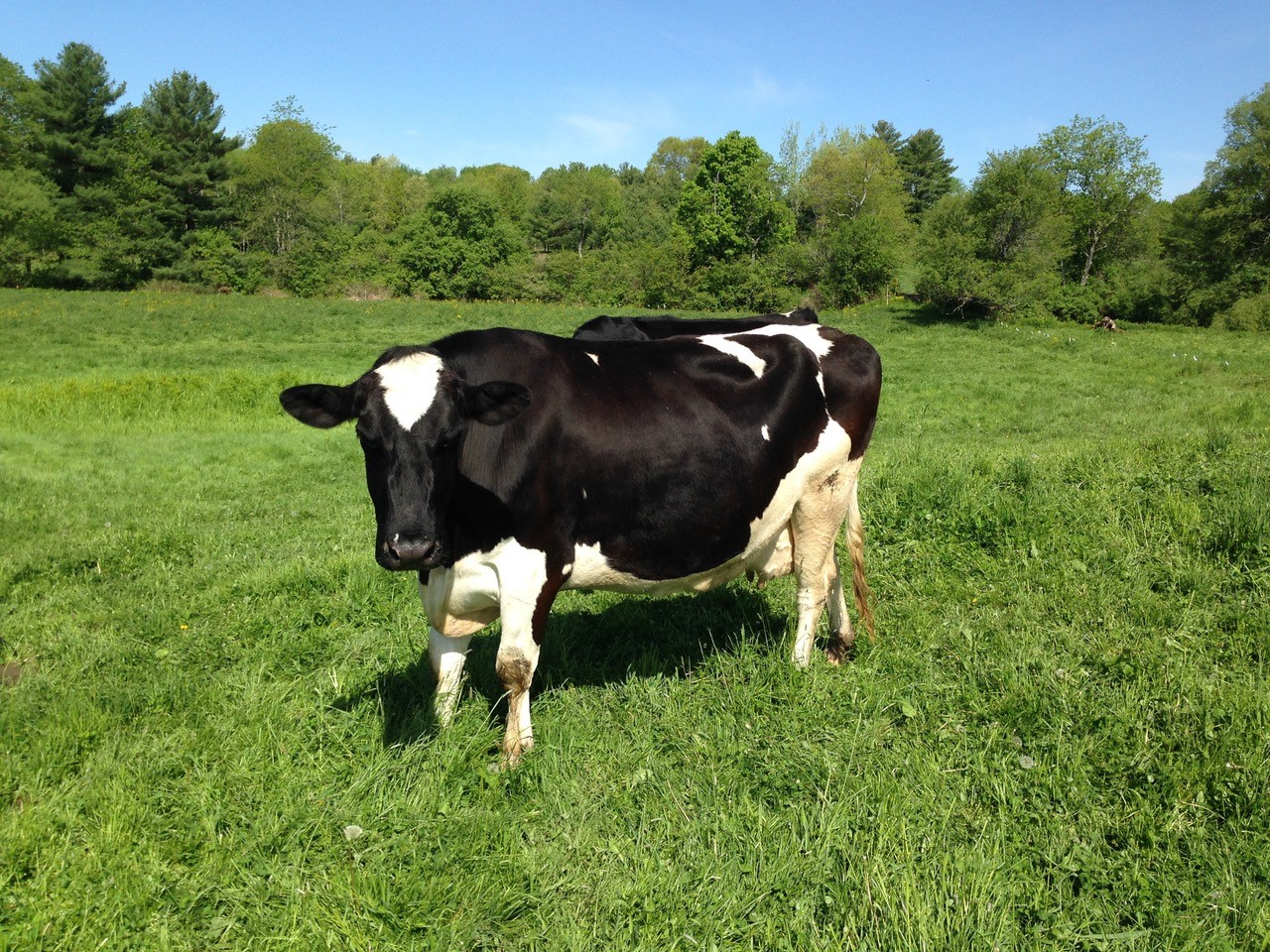
Both animals are able to lock their legs to allow for rest while remaining alert to predators.
Learn More: Oakhurst Dairy
33. The world’s smallest mammal is the Bumblebee bat of Thailand.
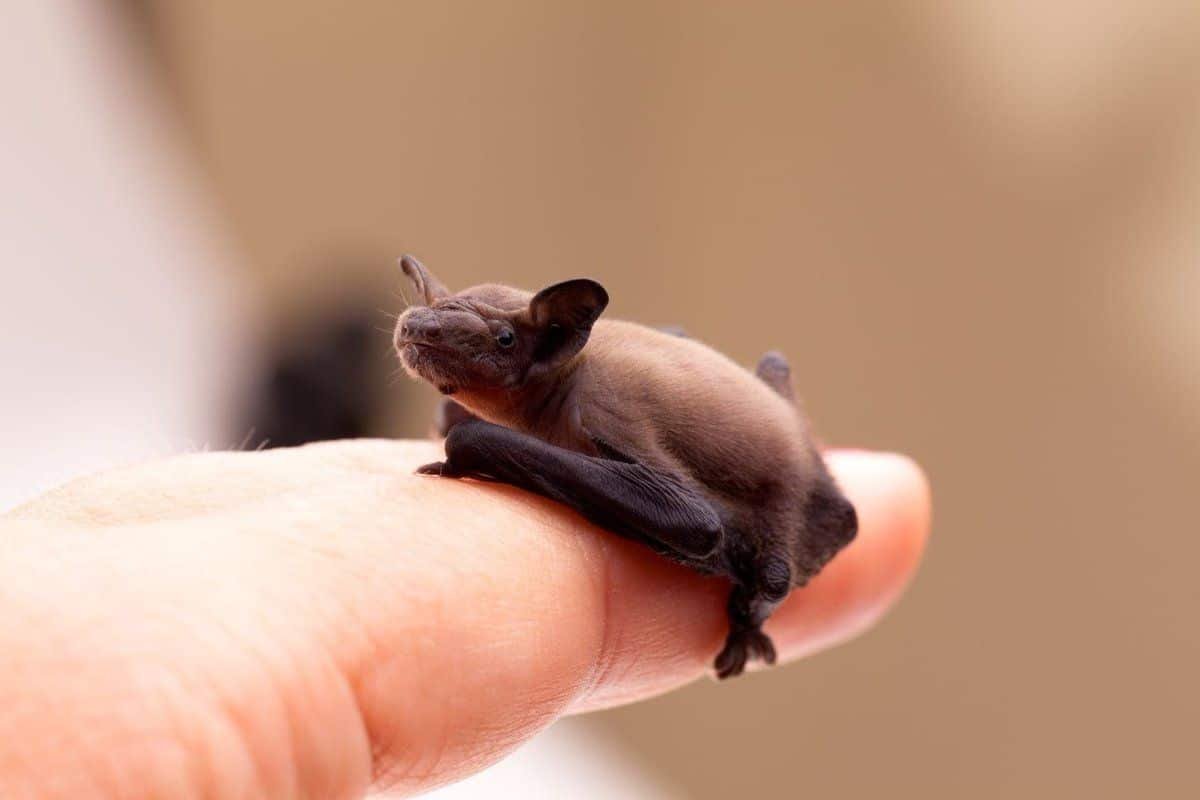
Also known as Kitti’s hog-nosed bat, this little mammal weighs less than a penny and is approximately 1.1 inch in length.
Learn More: Dan’s Pet Care
34. A blue whale’s heart is so large that a human child could swim through the veins
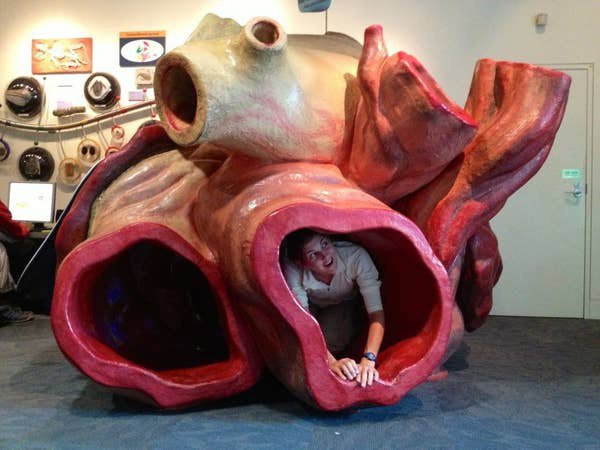
The heart of a blue whale can weigh over 150 kg.
Learn More: Quora
35. The tongue of a blue whale is so large that 50 people could stand on it
The sheer magnitude of a blue whale is epitomized by its tongue alone!
Learn More: YouTube
36. A shrimp’s heart is in its head
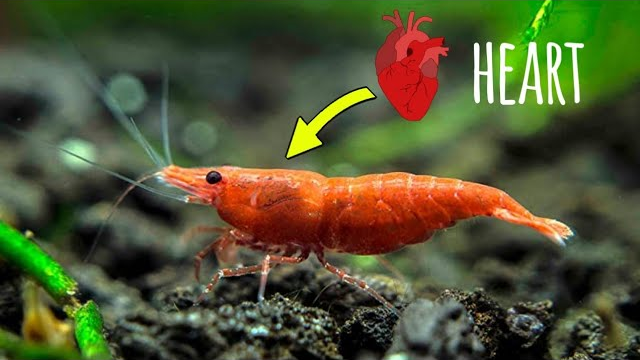
Unlike humans, the shrimp’s circulatory system is built differently; allowing its heart to be located in its head region.
Learn More: Aljazeera Medical Center
37. Male emperor penguins keep their eggs warm by balancing them on their feet and covering them with feathered skin
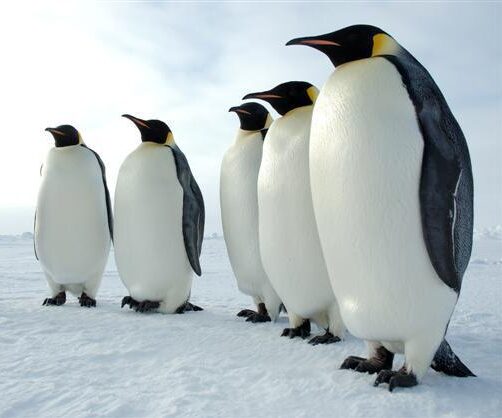
This unique nurturing behavior helps protect eggs over the course of harsh Antarctic Winters.
Learn More: Animal Fact Guide
38. The Tasmanian devil has the strongest bite per body mass of any land mammal
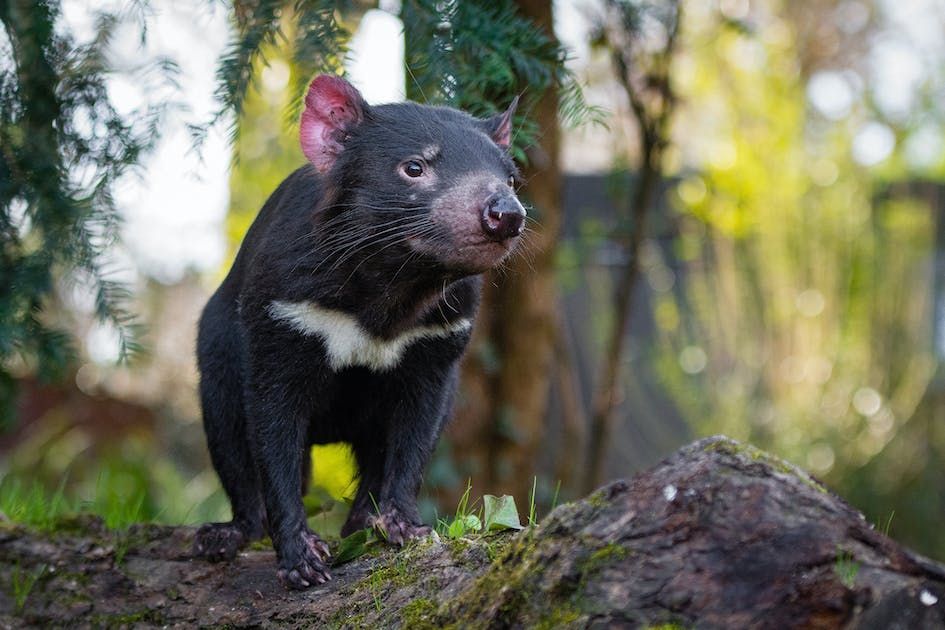
This incredible ability allows them to eat every part of their prey- including their bones!
Learn More: One Earth
39. Camels have three eyelids
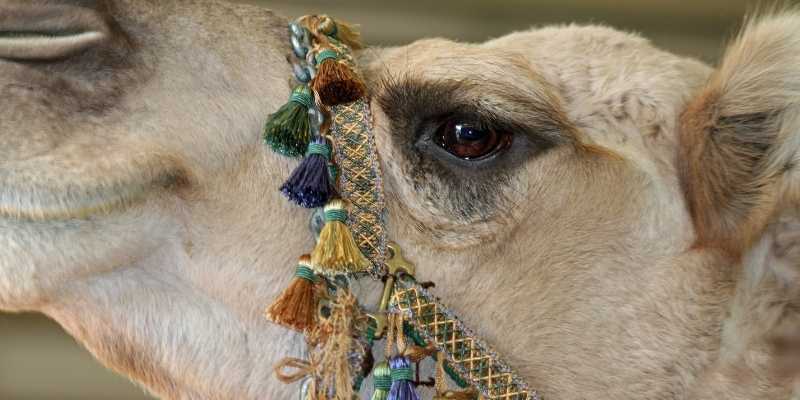
To safeguard their eyes from the harsh, sandy desert environment, camels have a distinct adaptation: three eyelids!
Learn More: Farming Base
40. Most reptiles lay eggs, but the boa constrictor gives live birth
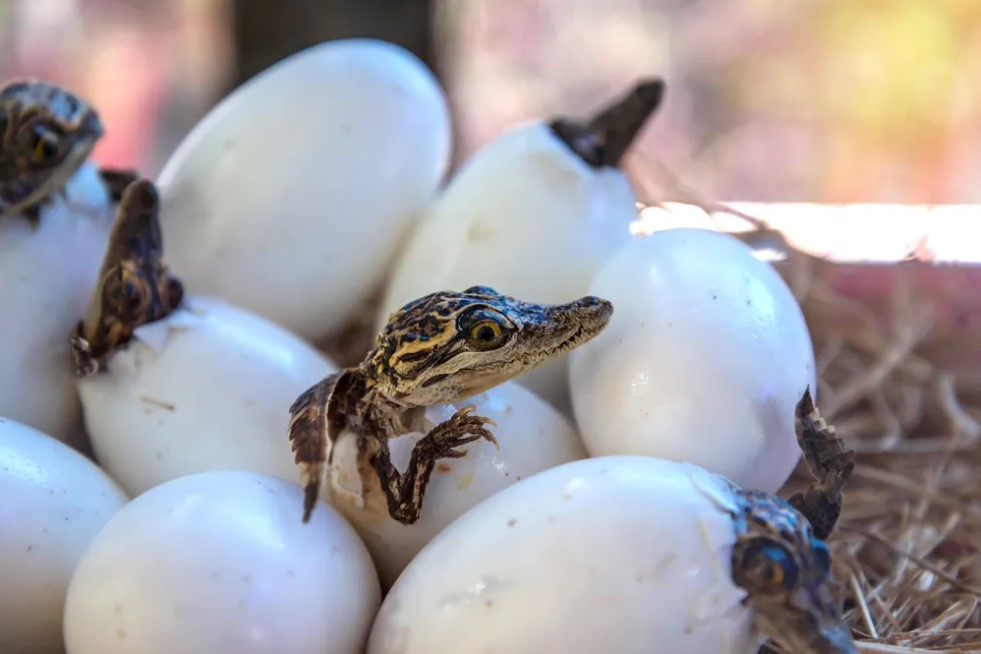
This unique adaptation allows boas to move and hunt immediately after birth.
Learn More: The Reptile Room
41. The eyes of a chameleon can move independently of one another.
This ability helps them hunt prey and look out for predators at the same time.
Learn More: YouTube
42. Frogs can absorb water and oxygen directly through their skin
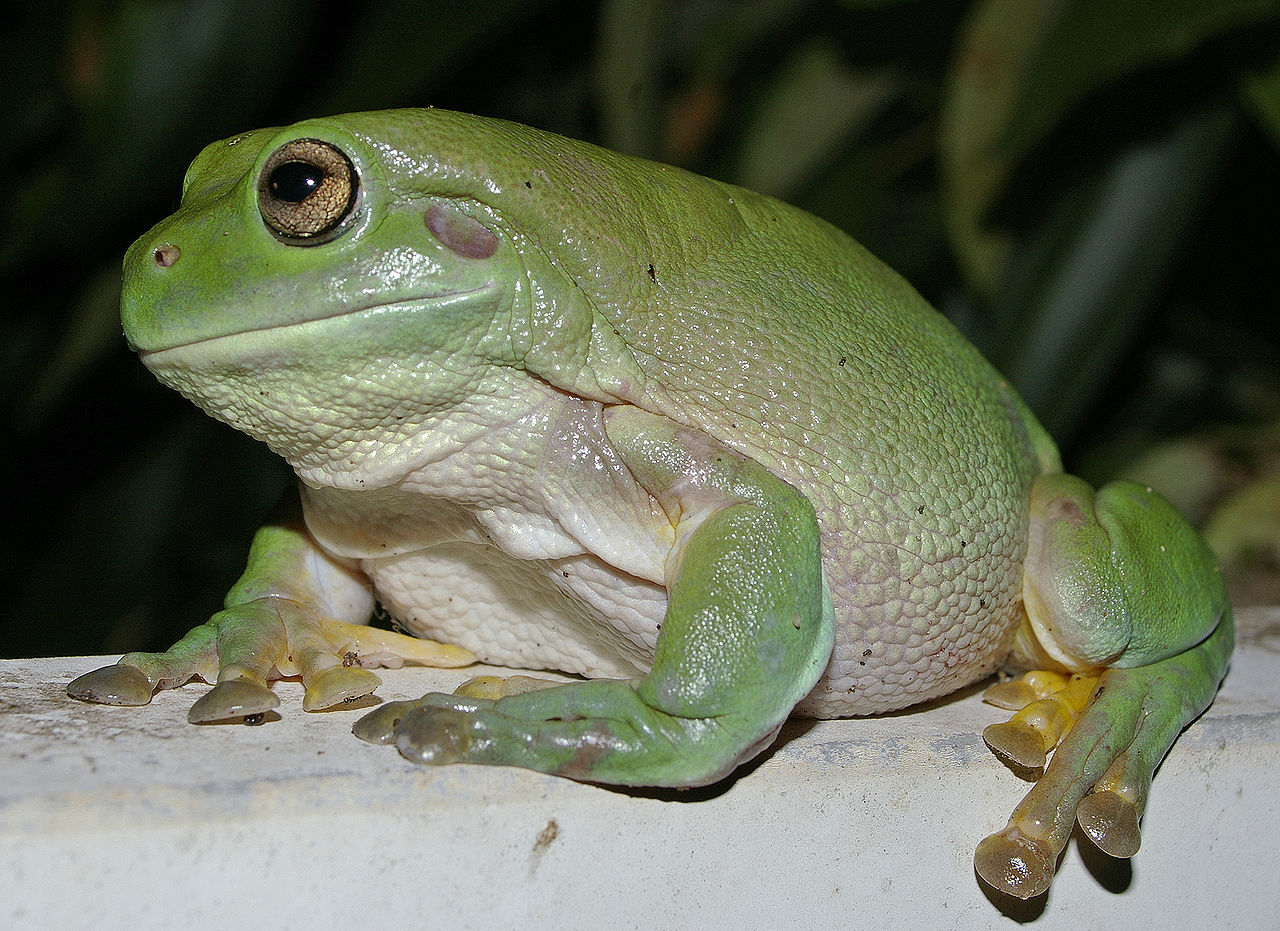
This adaptation helps them stay hydrated and respire without a conventional respiratory system.
Learn More: Indiana Public Media
43. The giraffe has the same number of neck vertebrae as humans
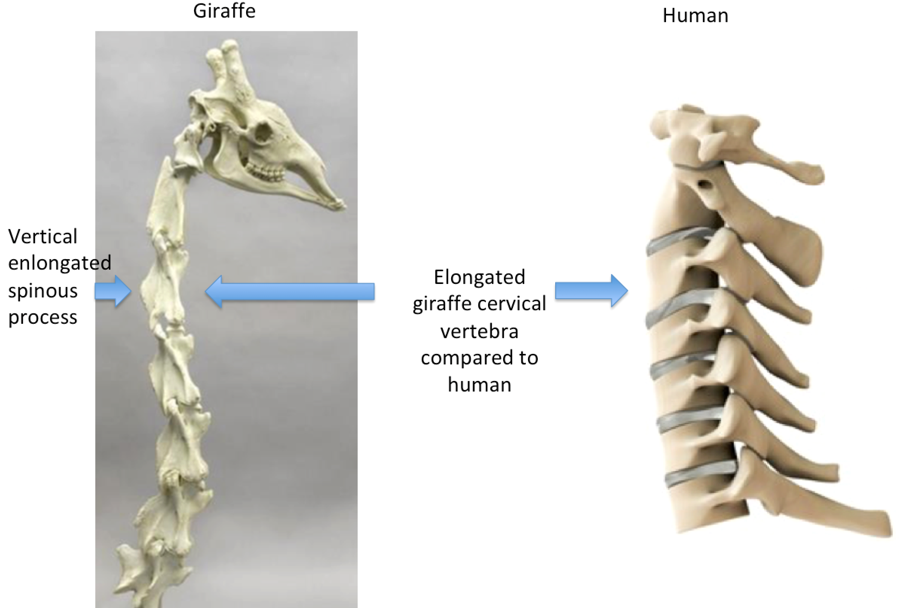
Despite their long necks, giraffes have the same number of neck bones as humans- seven to be precise!
Learn More: Rocky Mountain Brain and Spine Institute
44. Despite having a reputation for being dumb, turkeys can recognize themselves in a mirror
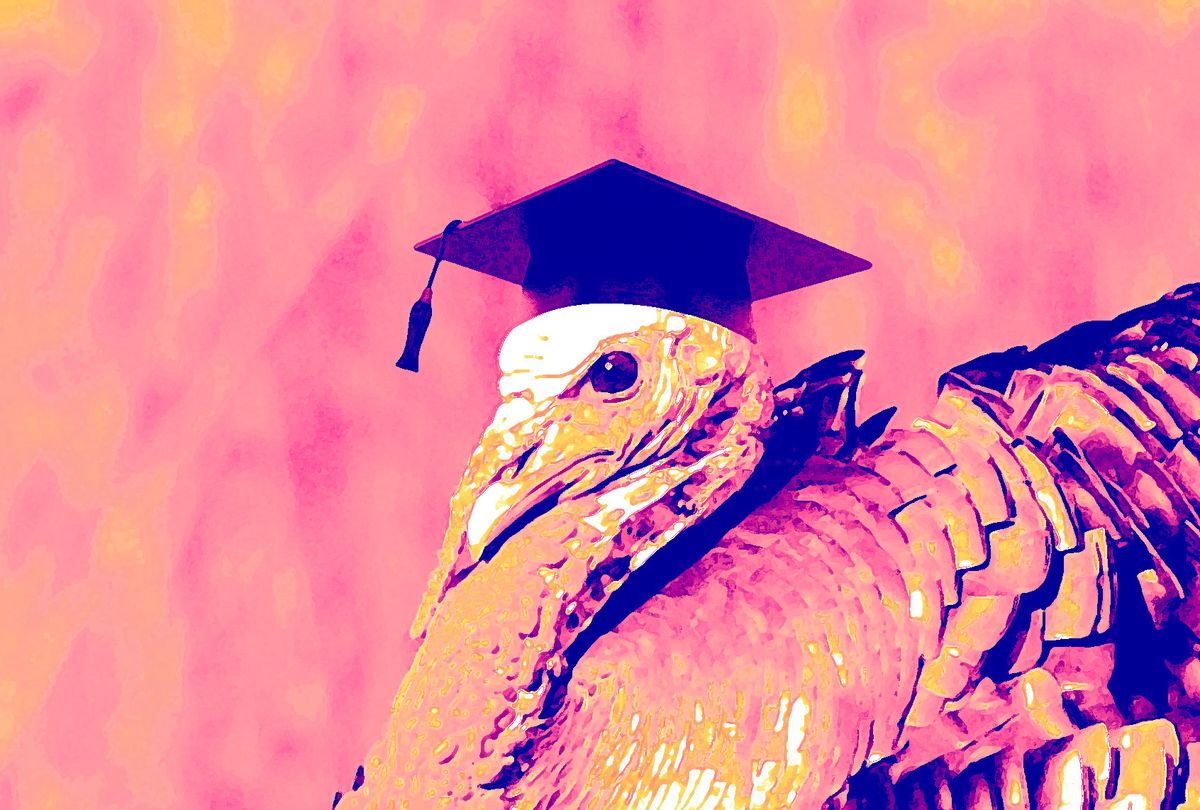
This self-awareness suggests higher cognitive abilities.
Learn More: Salon.com
45. Elephants are capable of recognizing themselves in a mirror
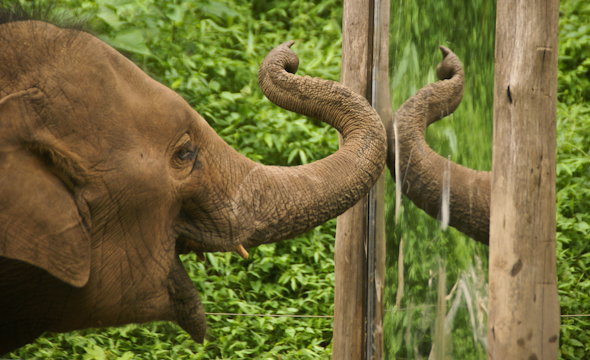
This trait is considered a sign of high intelligence and self-awareness in animals.
Learn More: Suebinlee 621
46. A male gorilla can eat up to 18 kg of vegetation a day
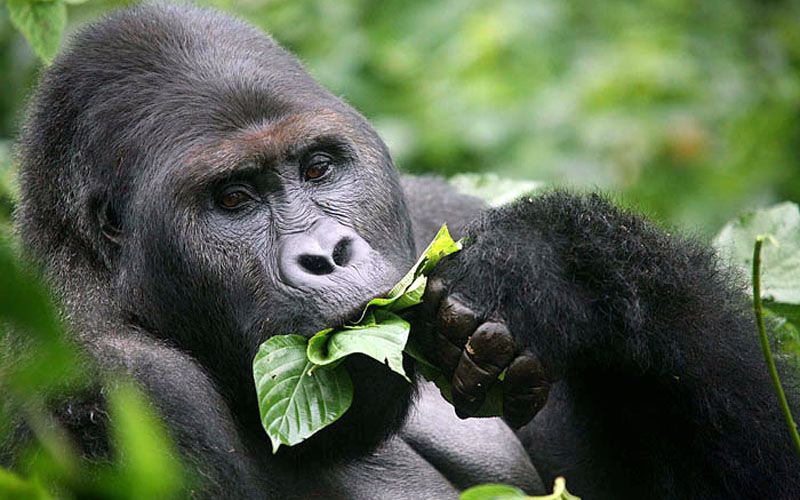
This large amount of food helps them sustain their large body mass and support their energy requirements.
Learn More: Ecology Center
47. A newborn kangaroo is about 1 inch tall
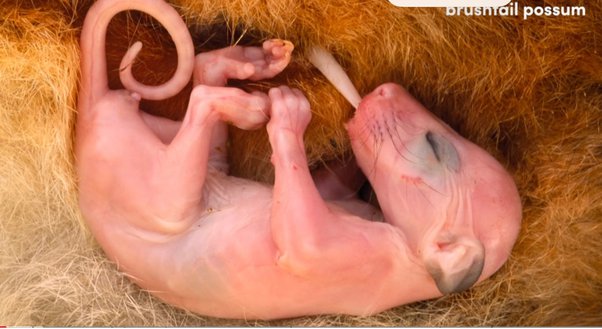
Who would’ve thought that joeys would be the same size of a grape! Once born, they continue their development in their mother’s pouch.
Learn More: Quora
48. Dolphins have been known to rescue humans from danger
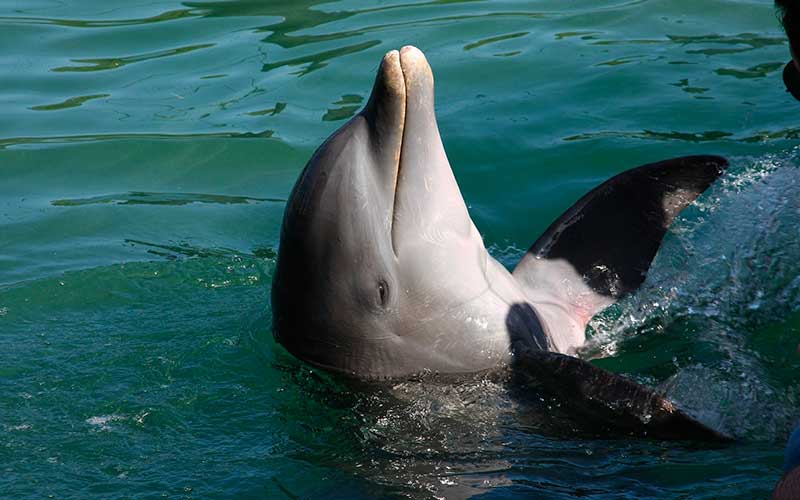
Numerous stories exist of dolphins guiding lost swimmers back to shore or protecting them from sharks.
Learn More: Dolphins World
49. A housefly buzzes in the key of F
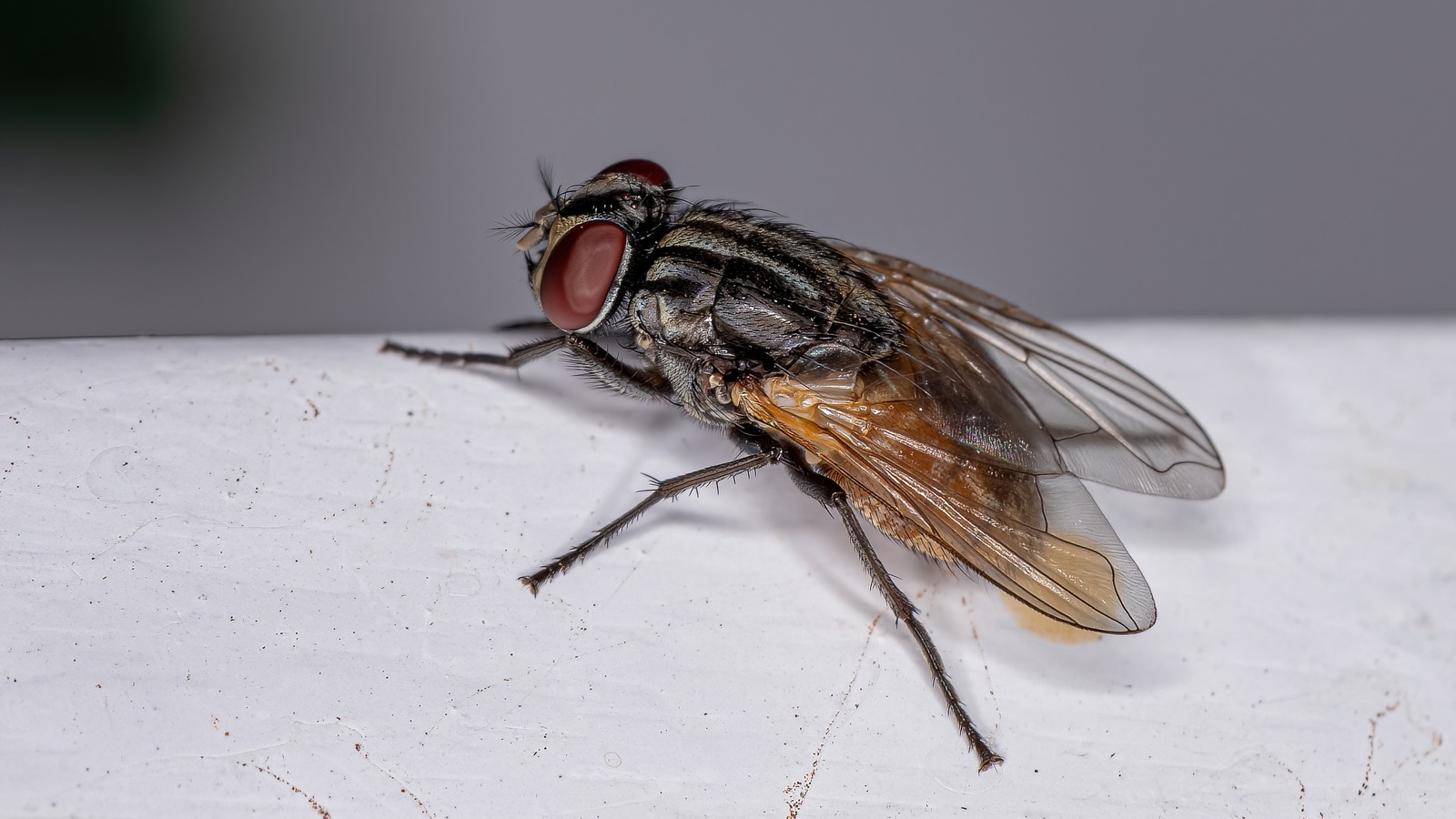
This is an interesting fact about their wing movement frequency.
Learn More: Grunge
50. The eyes of a giant squid can be as large as a dinner plate
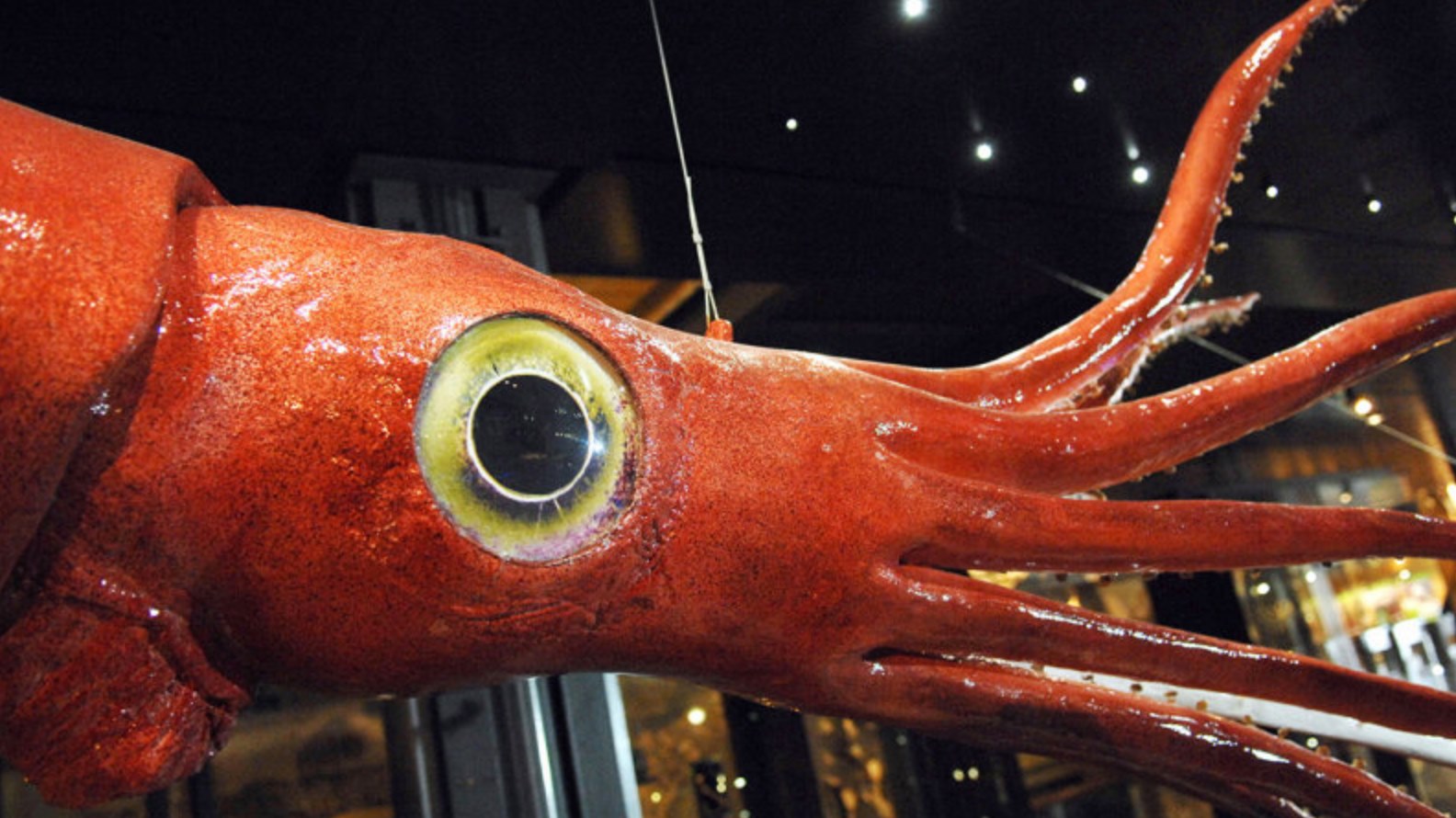
This adaptation helps them see in the dark depths of the ocean.
Learn More: Facebook
51. The fingerprints of a koala are virtually indistinguishable from those of a human
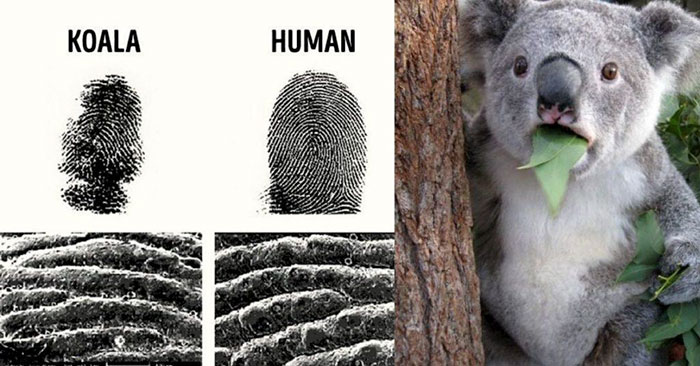
Our fingerprints are so similar that they can even be confused at a crime scene.
Learn More: Ned Hardy
52. Goats and sheep have rectangular pupils
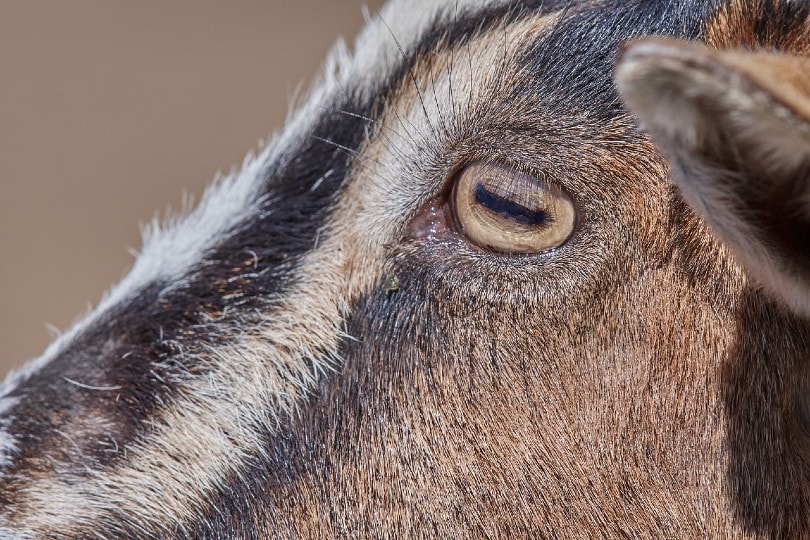
This allows them to benefit from a wide field of vision- useful for detecting predators.
Learn More: Pet Keen
53. Snails can sleep for up to three years
This prolonged hibernation period is a survival strategy in unfavorable conditions.
Learn More: YouTube
54. Honey bees can recognize human faces
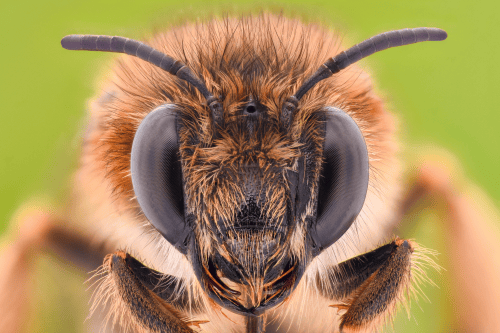
This demonstrates a high degree of visual processing in these insects.
Learn More: Buzz About Bees
55. Crocodiles can go through 45 sets of teeth
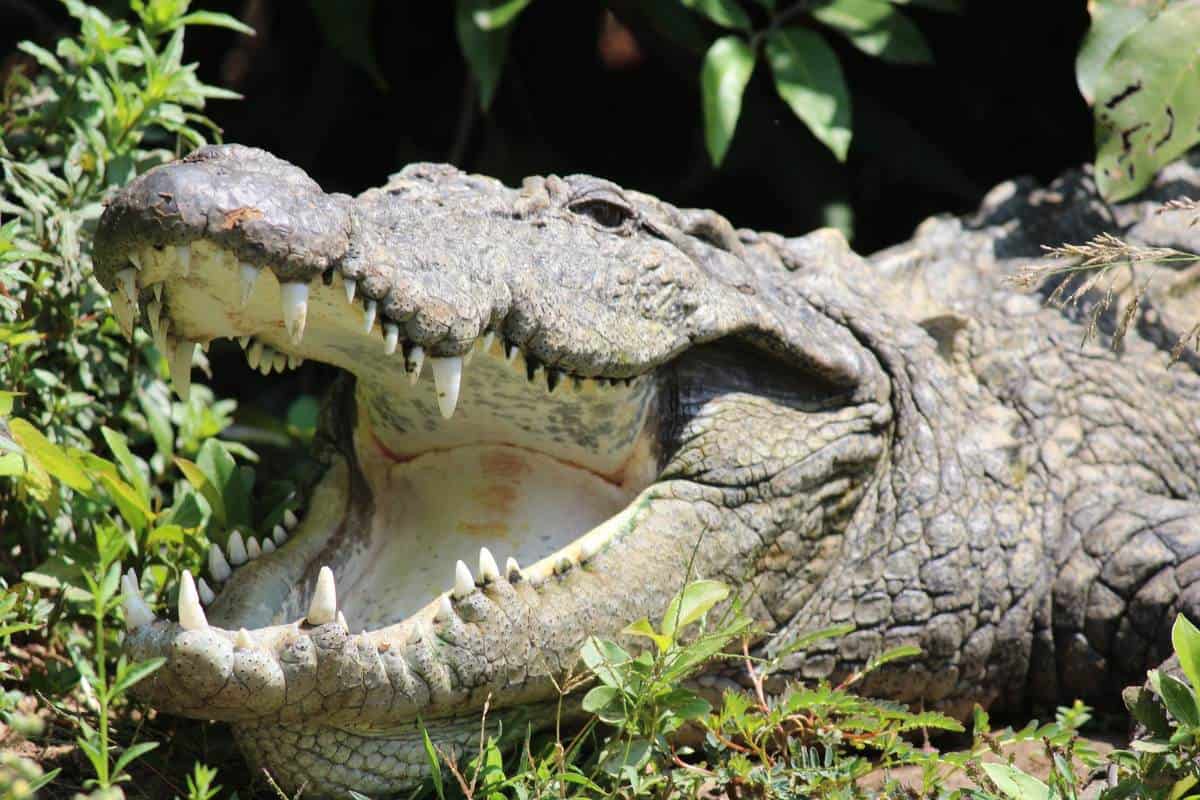
Over the course of their 35-75-year lifespan, crocodiles continually grow new teeth to replace the ones the lose.
Learn More: Wildlife Informer
56. The praying mantis is the only insect that can turn its head
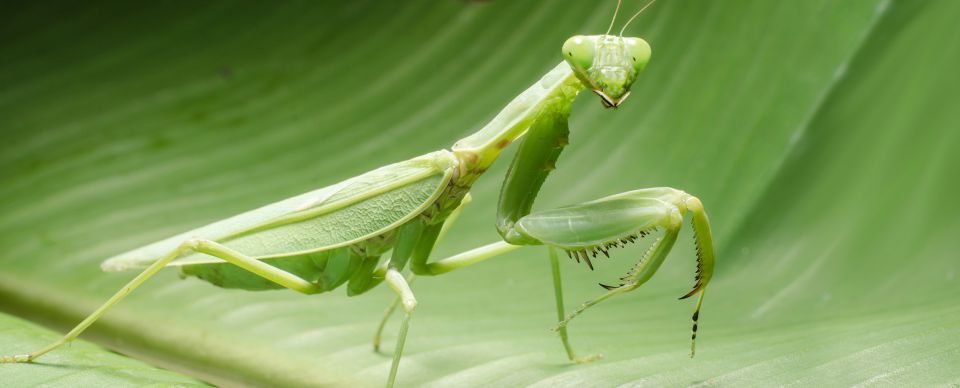
This ability helps them to accurately track their prey.
Learn More: Douglas Pest Control
57. Seahorses are monogamous life mates and travel holding each other’s tails
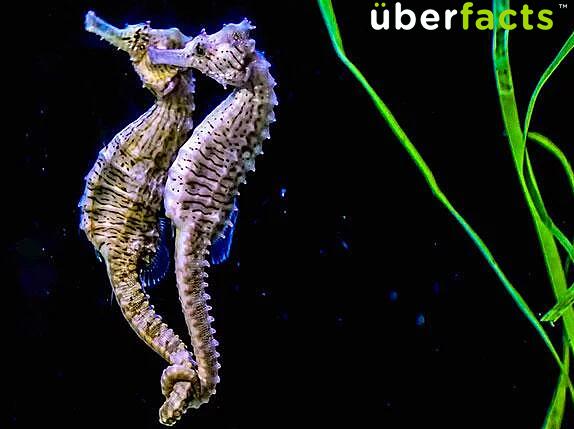
This behavior ensures they stay together in ocean currents.
Learn More: Twitter
58. The dung beetle is the world’s strongest insect
It can pull 1,141 times its own body weight; the equivalent of a human pulling six double-decker buses.
Learn More: YouTube
59. Among other names, a group of crows is referred to as a murder
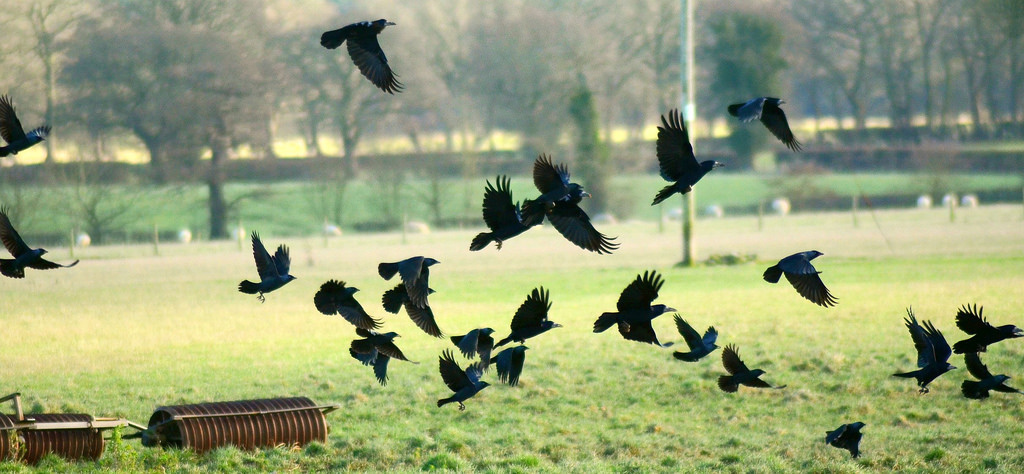
This term is derived from folklore where crows were associated with death and decay.
Learn More: Big Think
60. African elephants have the longest pregnancy of all animals
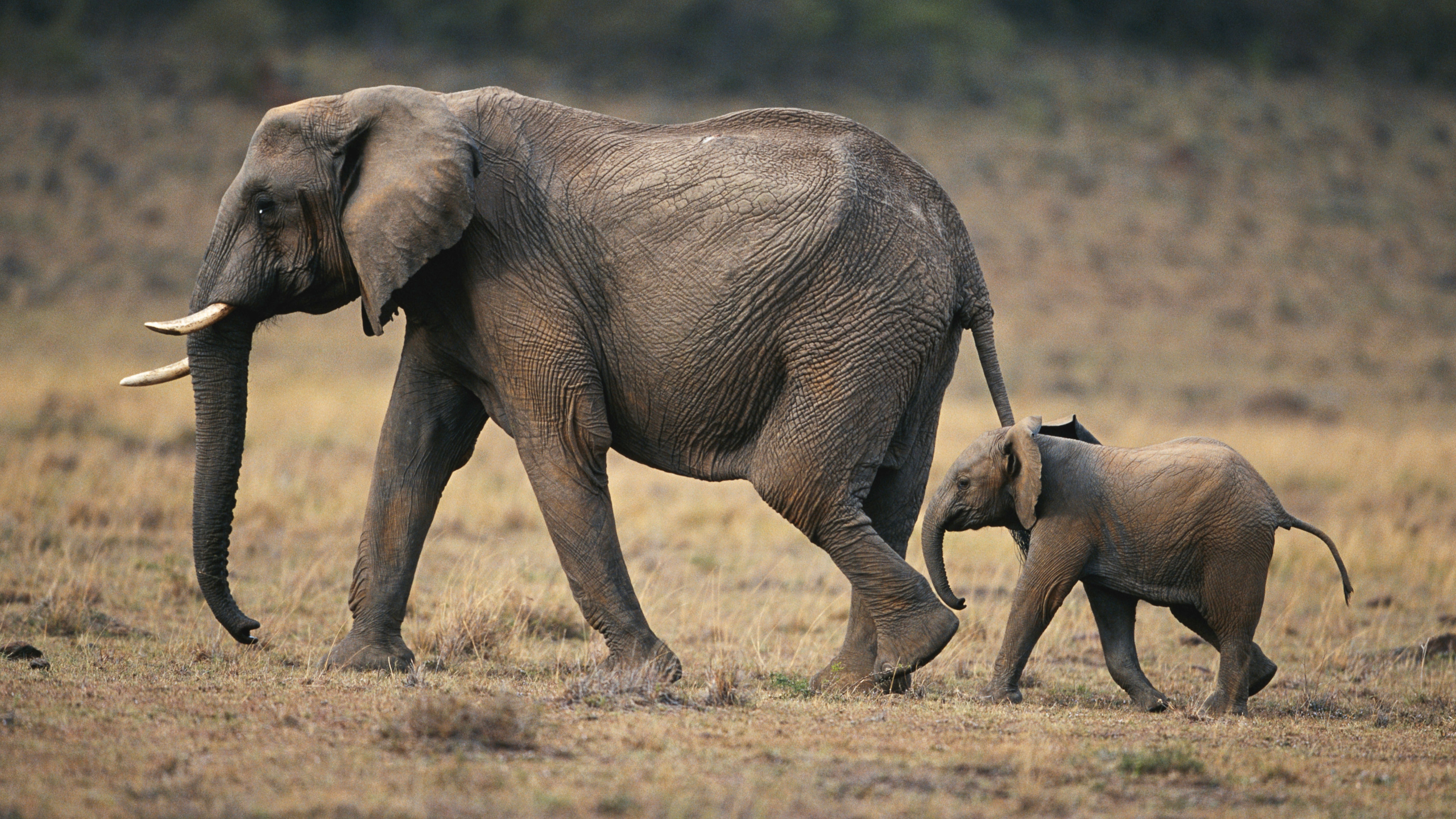
An elephant is pregnant for about 22 months; allowing for the development of their highly complex brains.
Learn More: BBC Earth
61. Oysters can change gender depending on which is best for mating
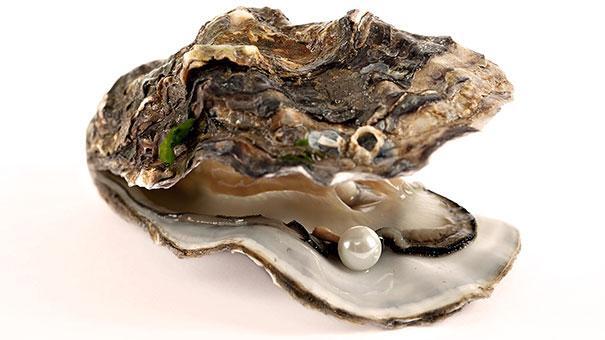
This flexibility allows them to optimize reproduction.
Learn More: Twitter
62. A capuchin monkey is considered as intelligent as a human toddler
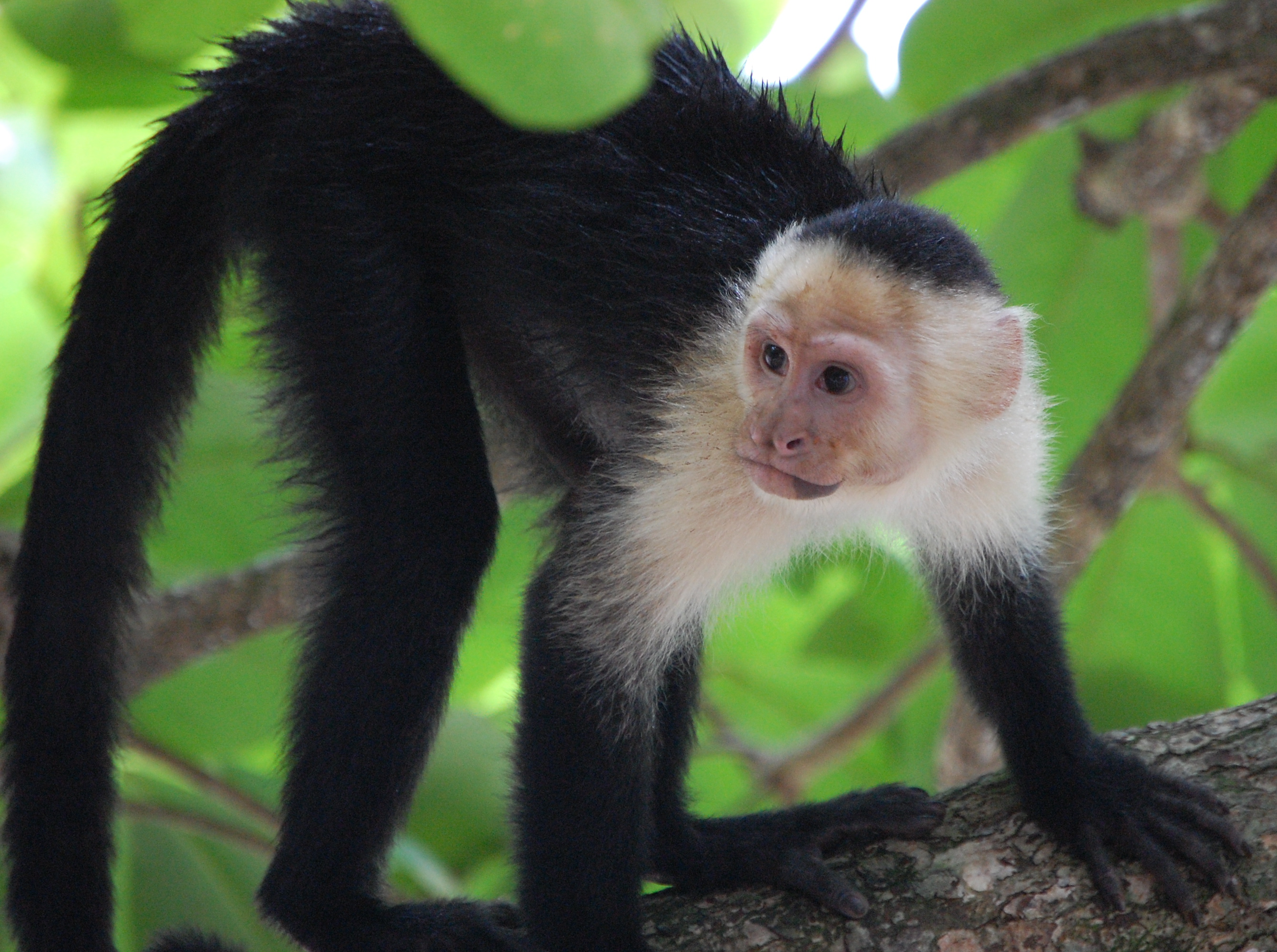
They can use tools, learn new skills, and show a wide range of emotions.
Learn More: Critter Squad
63. The gecko can turn the stickiness of its feet on and off at will
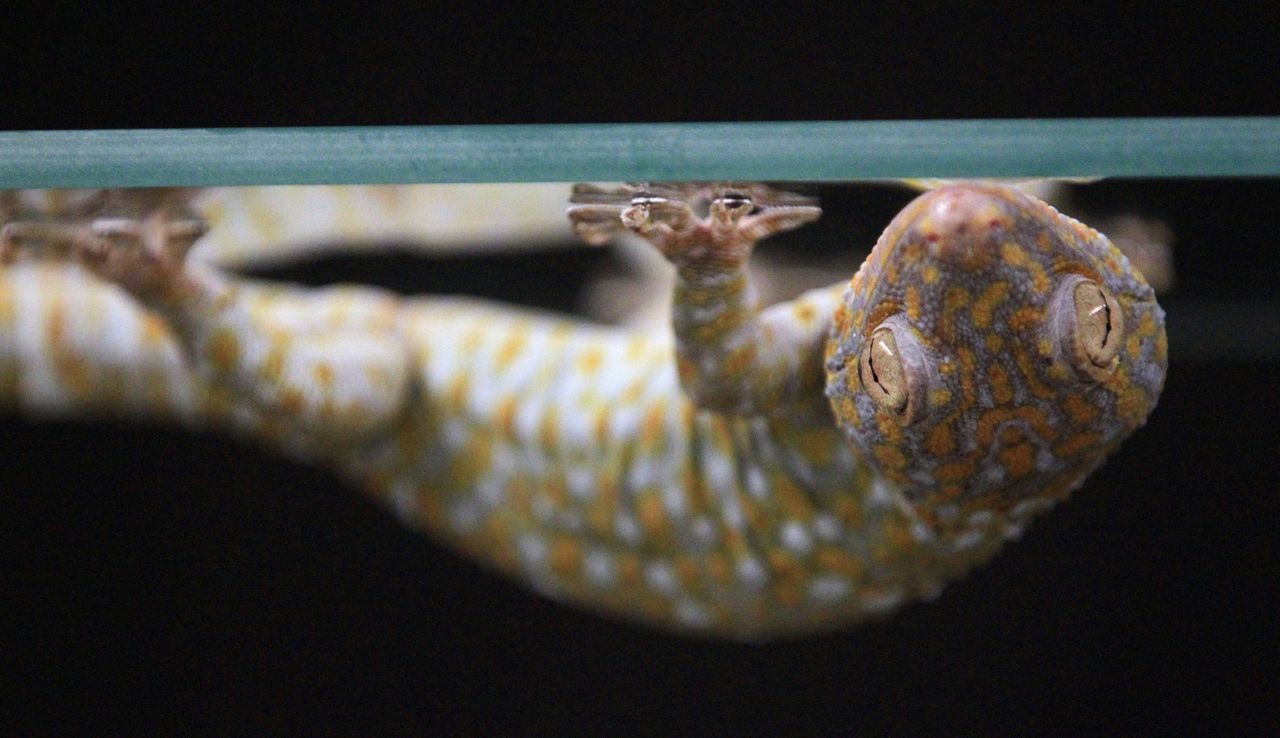
This adaptation allows them to quickly motor across any surface.
Learn More: First Post
64. The axolotl can regenerate its limbs, spine, heart, and other organs
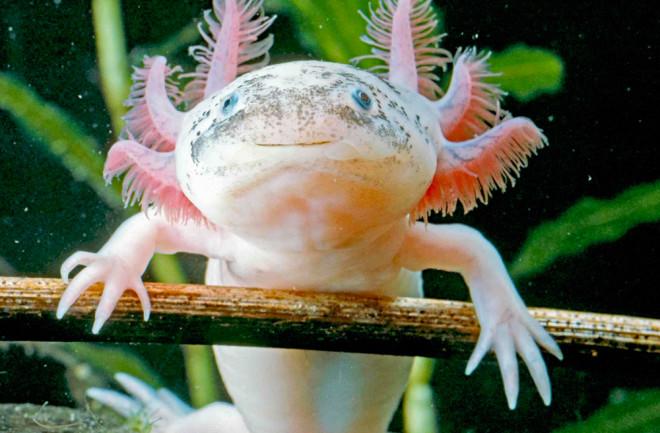
This makes them a model organism for studying regenerative medicine.
Learn More: Discover Magazine
65. A newborn Chinese water deer is so small it can almost be held in the palm of the hand
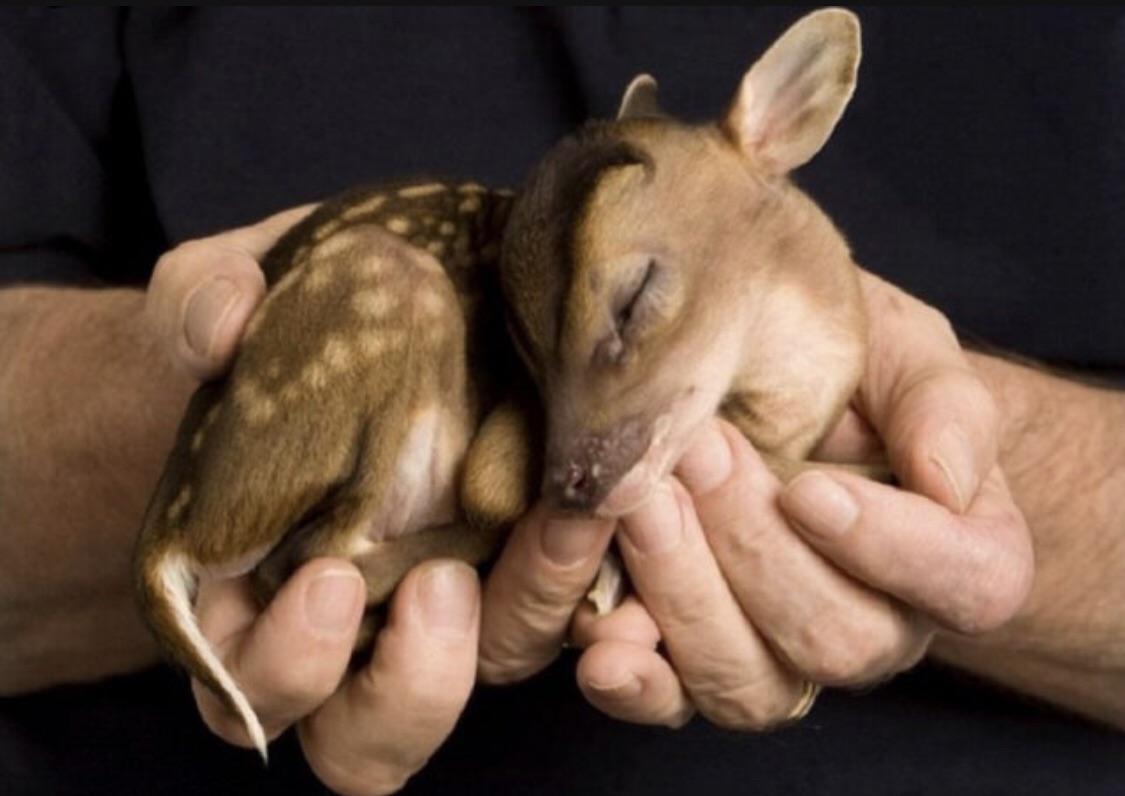
This tiny deer species is native to China and Korea.
Learn More: Reddit
66. Insects do not make noises with their voices
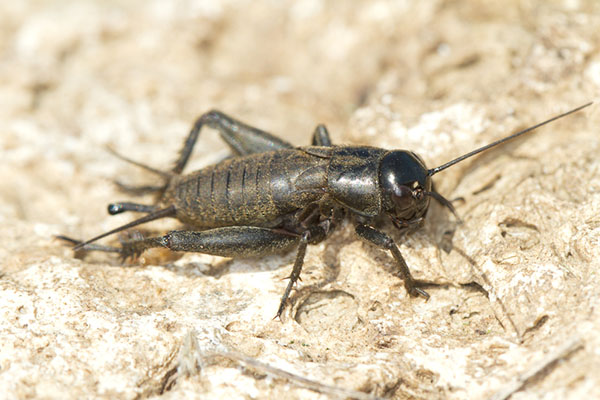
The noise of bees, mosquitoes, and other buzzing insects is made by rapidly moving their wings.
Learn More: Terminix
67. The horn of a rhinoceros is made from compacted hair
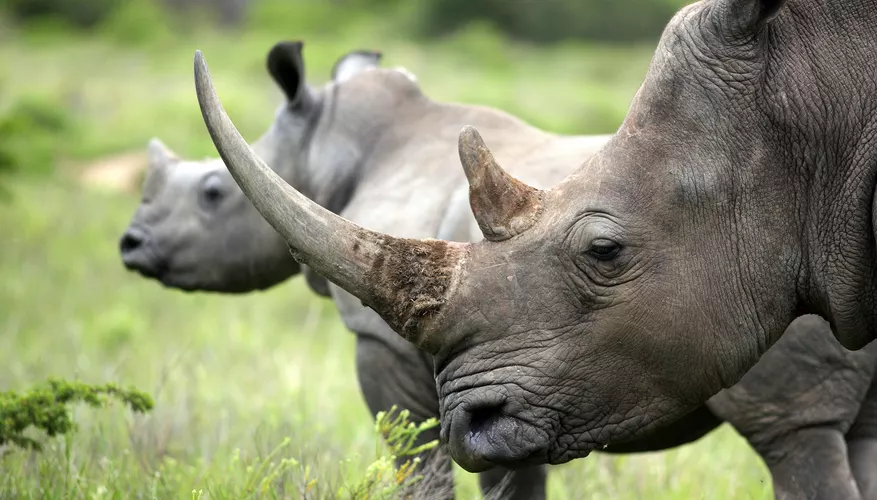
The horn of a rhinoceros, unique in the animal kingdom, is composed of compacted hair rather than bone or keratin.
Learn More: Sciencing
68. Sharks and rays are the only animals known to man that don’t get cancer
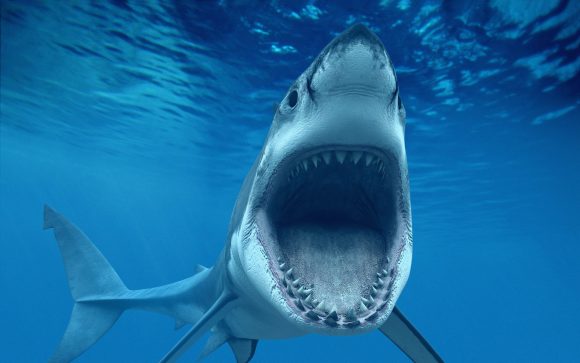
Scientists believe this has something to do with the fact they don’t have bones, but cartilage.
Learn More: Chapman Blogs – Chapman University